This review was provided for free, but Cap’s Electric Bikes supplied a temporary demo bike for me to test. My goal is to be transparent and unbiased with you, this video and writeup are not meant to be an endorsement of Specialized products. I welcome your corrections, additions, and feedback in the comments below, and the Specialized electric bike forums.
Observations:
- It’s easy to get a little lost with Specialized ebikes, because they have a lightweight version of the Como and Vado that are called SL (which stands for Super Light). Those models use a MAHLE motor and non-removable downtube battery. They’re lighter, and less powerful than the standard Como and Vado, which use a Brose motor. I hope this helps you to navigate the offering :)
- Regarding the battery pack, there’s a lever that is used to push out or pull in snug when locking and unlocking. I did not experience any rattling during my test rides, and appreciate how the pack is connected to a cross bar inside the frame so it won’t just fall out when unlocked. That said, it required a bit of extra pulling with my fingers (at the bottom part of the battery) the first few times I tried to get it off because it fits so snug). I appreciate how short and light weight the pack is. All of the electronics are highly water resistant with IPX6 rating, and the battery charger uses the Rosenberger EnergyBus magnetic plug interface that is less likely to break or pull the bike over if the wire gets snagged during charging.
- The Como comes in three trim levels with 3.0 offering a smaller battery pack and weaker 50nm motor, the 4.0 stepping up to higher capacity battery and nicer specs along with a 70nm motor power, and the 5.0 offering the nicest drivetrain, brakes, suspension fork and highest power 90nm motor. There’s a mix of drivetrain offerings available now, with a Gates Carbon belt drive with Enviolo continuously variable transmission, Gates Carbon belt drive with Enviolo, and even the Enviolo Automatiq electronic auto-shifting CVT for those who are interested in a quieter, smoother, and simpler drivetrain on the 5.0. There are non-IGH versions of the Como 3.0, 4.0, and 5.0 that use a chain and traditional cassette if you wish.
- It’s important to register the bike with the Specialized Mission Control smartphone app to unlock the lifetime warranty on the frame and enhanced support, as well as locking ability. The app can be used to wirelessly unlock the bike over Bluetooth or set a numeric pin that can unlock the bike using the TCD2 LCD display that’s mounted to the handlebar. Most shops should help you get this all setup when you purchase and pick up the bike, unless you’re getting a click to collect at a non-specialized shop.
- The new Como does a lot right, in my opinion, and is an excellent cruiser electric bike for people who want power and range with a more active body position than a lot of the other cruiser ebikes I’ve covered. Most of them have longer handlebars, weigh a lot more, and use a throttle and cadence sensor vs. dynamic multi-sensor for pedal assist. I love how the frame looks and appreciate the continued attention to detail with the fenders, rear rack, display panel, and variety of trim levels, colors, and sizes. I also admire the quality and depth of the Specialized Mission Control smartphone app.
Pros:
- The bike looks great and is above average in most ways… It rides solid and quiet even though it has fenders and a rear rack, the grips and saddle felt very good to me, I love the addition of a suspension seatpost on the nicer models, but glad that you could add one to the 3.0 aftermarket. I appreciate the attention to detail with internally routed cables, reflective tires and stickers, and the plastic chainring guard, double sided slap guard on the chain stay, the scuff guard stickers on the crank arms, the bottle cage bosses, the direct mount eyelets on the suspension lowers for the front fender, the fact that it comes in a wide range of colors (across the three trim levels), and four frame sizes!
- The display panel, button pad, and smartphone app are some of the best I’ve seen. While there is some room for further improvement, I love that it shows battery percentage, has a built-in alarm (although it doesn’t alert you using a smartphone, just makes noise if the bike is shaken and won’t power up without the pin), provides walk assist (hold the + button), allows you to turn off the lights (hold the F1 button), and further refine the three levels of assist with micro tune (10% steps for each of the assist levels by pressing F2). I do wish that you could dim the display and turn off the beeps and haptic buzz within the display settings vs. having to use the smartphone app. I love that you can customize screens on the display, plan trips to ensure you don’t run the battery dry, maintain a set heart rate, and so much more with the Mission Control smartphone app on iOS or Android.
- Built into the right side of the TCD2 MasterMind display panel is a USB-C charging port that offers 5 volts and a full amp of power output to maintain a smartphone or other portable electronic device! Way to go Specialized, this is very relevant given their fancy smartphone app with mapping and heart rate monitor compatibility etc. The app even connects with Strava and Kamoot so Being able to leverage the battery is exactly the right decision in my opinion! However, I do wonder how to best mount a smartphone to the funky custom handlebar they use… and it’s not a bar you can easily swap out.
- The bike has a very high ingress protection rating of IPX6 which is meant to resist high-pressure, heavy sprays of water and deter dust and mud. This makes perfect sense given the attention paid to fender design.
- The aluminum alloy fenders are tubular vs. a flat piece of metal. This makes them stiff and provides strength for supporting the rear rack and the extra long Flextender in the front. This Flextender actually keeps water off of feet and shins while most competing products I’ve tested do not. The Drytech design of the main metal fender routes water out to the sides vs. forward (which can blow up into your face). It’s just excellent all around.
- The rear rack is way above average as well. It has a high 27kg 59.5lb weight capacity, bungee loops on the sides, a standard gauge pannier rod on both sides (with plastic blockers so your bags won’t slide back and forth), and is MIK HD accessory compatible. The higher capacity makes it very capable for use with child seats like the Yepp! Nexxt Maxi, and the Specialized website says the bike is also rated to pull a trailer.
- I’m excited to see the optional front rack that would mount at the head tube badge someday (not available at time of review, look at the included tray rack on the Turbo Como SL models to get an idea of what it might be like). It’s very utilitarian, and an excellent choice for commuters. I like that they also included a basic flick bell for friendly signaling.
- Excellent headlight mounting design. Most ebikes that have headlights attach them to the top of the suspension arch, which is unsprung, so the light can bounce around and rattle loose. Specialized put it on the crown, which is sprung and raised a bit (for improved visibility and less blocking happening from the front fender). The plastic arm is inset into the crown, so it won’t spin, and the light housing can still be adjusted to point down or farther out. Excellent design!
- Extra sturdy hubs with thicker axles including 15mm thru-axle up front. This improves stiffness and brake alignment. It also helps to support the larger heavier balloon tire.
- Decent spring suspension fork with lockout and preload adjust for efficient use on different terrain and with different loads. It has thicker 32mm stanchions, offers 80mm travel, and has mounting points for the headlight and fender vs. having to use plastic cuffs. If you upgrade to the nicer Como models like the 5.0, you get an air fork that is lighter and even more adjustable!
- The motor is fairly compact with a more standard width (q-factor), so the cranks aren’t pushed out wide. I appreciate that it only weighs 6.39lbs because of the magnesium housing, and that it’s so smooth. Brose uses a Gates carbon belt drive inside vs. plastic gears like many of the competitors. I think it’s neat that the aluminum alloy frame actually surrounds the motor along the bottom and protects the base, and doesn’t hang down as far.
- The motor controller measures rear wheel speed with a sensor and magnet that are well protected (mounted to the chain stay and magnet bolted to the left side of the rear wheel hub). The design is more durable than a spoke mounted magnet. So the controller measures rear wheel speed, pedal cadence, and pedal torque to deliver a very natural and dynamic ride feel. Combined with the settings in the Mission control app and Micro Tune right on the LCD panel, it can do exactly what you want and feels more connected to your pedaling.
- If you prefer to pedal quickly or just happen to shift down to a low gear for a climb, the motor can keep up. It’s rated to 120+ RPM so you won’t lose support and downshift again like some of the older motors.
- The battery design is way above average, in my opinion. The pack is very compact for the high capacity it offers, and does not have sharp edges. Since the battery doesn’t require a shield or anything, just has a black metal bottom, it’s probably cheaper to buy replacements and easier to loan or rent a spare. I could imagine stowing one in a pannier or backpack for extended rides vs. some of the really long and sharp batteries that are being produced by some other companies.
- The battery charger is excellent too. It’s compact but offers faster 4 amp output for a full charge in roughly four hours. The magnetic interface is an industry standard that won’t get damaged easily. The plug interface is the same whether charging the pack on or off the bike, so they didn’t waste materials and don’t require a dongle adapter like some competing brands. I feel that they did everything correctly here.
- There’s a nice little magnetic plastic cover that protects the battery charge port while riding the bike, and the release mechanism that interacts with the locking core seems to protect the battery port and locking core from above. This area of the bike seems tough and well thought out… even if it is low down on the left side vs. high up on the right as I’d prefer for easier interaction.
- Clean, quiet, and durable drivetrain with the Gates belt and Enviolo CVT (continuously variable transmission). You can shift at standstill, there’s no kickstand hanging down, and it’s just cleaner and quieter than a traditional chain and cassette.
- Great brake setup with large 180mm rotors that provide a good mechanical advantage and cooling, dual piston calipers, and adjustable-reach brake levers. They are powerful enough that two-finger levers were used (a part you’d usually find on mountain bikes).
- The tires have Blackbelt puncture protection, have reflective sidewall stripes for safety, and the tread is solid in the middle for improved efficiency and quiet rolling like a road bike but still has nubs on the sides for traction on gravel and dirt. The taller 27.5″ wheel size offers a lower attack angle for smoother rides over bumps and cracks, increased air volume also acts as a shock absorber if you ride with lower tire pressure (between 25 to 50 PSI)
- Specialized has a decent network of dealers in North America, but also sells internationally and has introduced “click to collect” model where they will ship bikes to local shops for assembly and handoff. They are one of the “big three” largest cycling brands in the world and offer a lifetime warranty on the frame if you register, as well as two year comprehensive support.
- Specialized seems committed to the ebike space as one of the first big players to introduce a bike way back in 2012. They continue to innovate and do things “their way” vs. using third party solutions. So much of this bike, the motor, the battery, the display, the fenders, the racks etc. is all custom and is BETTER THAN most of the competition. I really admire that about Specialized and feel that they move the industry forward.
Cons:
- Weighing in at 62.2lb for the 3.0 version with the smaller 530wh battery pack I tested, the bike is a little heavy because of the fender, rear rack, and suspension fork. I’m listing this as a “consideration” but in many ways, this is light for a cruiser ebike. You can shave off about 6.5lbs if you remove the battery, which is worth doing for easier lifting during service and transport. At least the weight is positioned low and center on this bike frame, exactly where you’d want it for optimal balance and handling.
- The front fender is extremely long due to the Flextender plastic/rubber piece that provides shoe and shin coverage. It works extremely well, but frequently collides with stairs, curbs, sticks, and other obstacles. I also noticed more pebbles and sticks getting flicked up into the fender and rattling around do to the length and how close the fender is to the tire. I see this as more of a trade-off than a con. The DryTech fenders are really amazing, and I applaud Specialized for custom designing such focused hardware.
- The locking core for the battery pack is positioned very low on the left side of the frame. It’s not directly in the path of the left crank arm, but very close. In short, you’ll have to bend down to plug the bike in or unlock the battery, and the key must remain in to re-mount the pack. I prefer when the charge port and locking core are positioned high up on the right side of the frame, since that side is easier to access with the bike tipping towards the kickstand.
- Be sure to use two hands when unlocking and removing the battery. Even though it stays connected within the frame, it can swing down and bump the fender as it loosens up over time. Starting out, the battery pack can fit snugly in the downtube and require your fingernails to grab and pull the bottom portion out.
- The kickstand looks beautiful, and has an adjustable length tip, but is very pointy. For a heavier ebike with a suspension fork and hybrid tires (that’s capable of light off-road use), this design has the drawback of sinking into soft terrain and allowing the bike to tip over more easily.
- The headlight is very bright and points where you steer, but doesn’t have side windows to help keep you seen from more angles. This is a feature I’ve seen on some competing lights, and could improve safety in my opinion.
- The TCD2 MasterMind LCD display is not fully removable, although you can use a 2.5mm hex driver to take it off, then remove a small Allen head screw, and then the display will twist and come off… but it’s still wired into the bike so it will be hanging there. This display takes up the space where you might otherwise mount an additional headlight or smartphone, but is required for the electronic lock, alarm, Bluetooth, Ant+ fitness accessories etc. so I see why it’s more permanent. It also does not auto-dim, and you need the app to change the brightness, turn off the beep, and turn off the haptic buzz vs. having those options in the settings menu on the bike display. I wish they were included there because it would be more convenient than having to launch the smartphone app, which might be stowed.
- There’s no shift sensing built into the Brose motor controller and this can lead to increased chain and sprocket wear if you don’t back off a bit on your pedaling while shifting. It’s not as much of an issue if you get the belt drive with Enviolo continuously variable transmission drivetrains (which they call IGH), since there is no derailleur and shifting is more of a ramp than a step.
- The Enviolo “one turn” shifter is less precise and does not have an infographic readout. I also read that it’s rated to handle less torque… which is fine given the lower 50nm motor torque here. Consider one of the higher specced Como models if you want a fancier shifter and more precision.
- The Como only comes in step-thru now, from what I can tell. I think it’s very approachable, and is designed well so it won’t flex much, but some riders may prefer a high step and miss the older design options. Furthermore, the stem and handlebar are pretty custom and that limits your ability adjust them or replace them with different lengths and angles.
- These cons are related to the 3.0 specifically. It has the weakest motor at 50nm vs 70nm or 90nm and smallest battery capacity at 530wh vs 710wh. It was perfect for me, as a light active rider, but you’ll have to pay more if you want the stronger and longer lasting configurations.

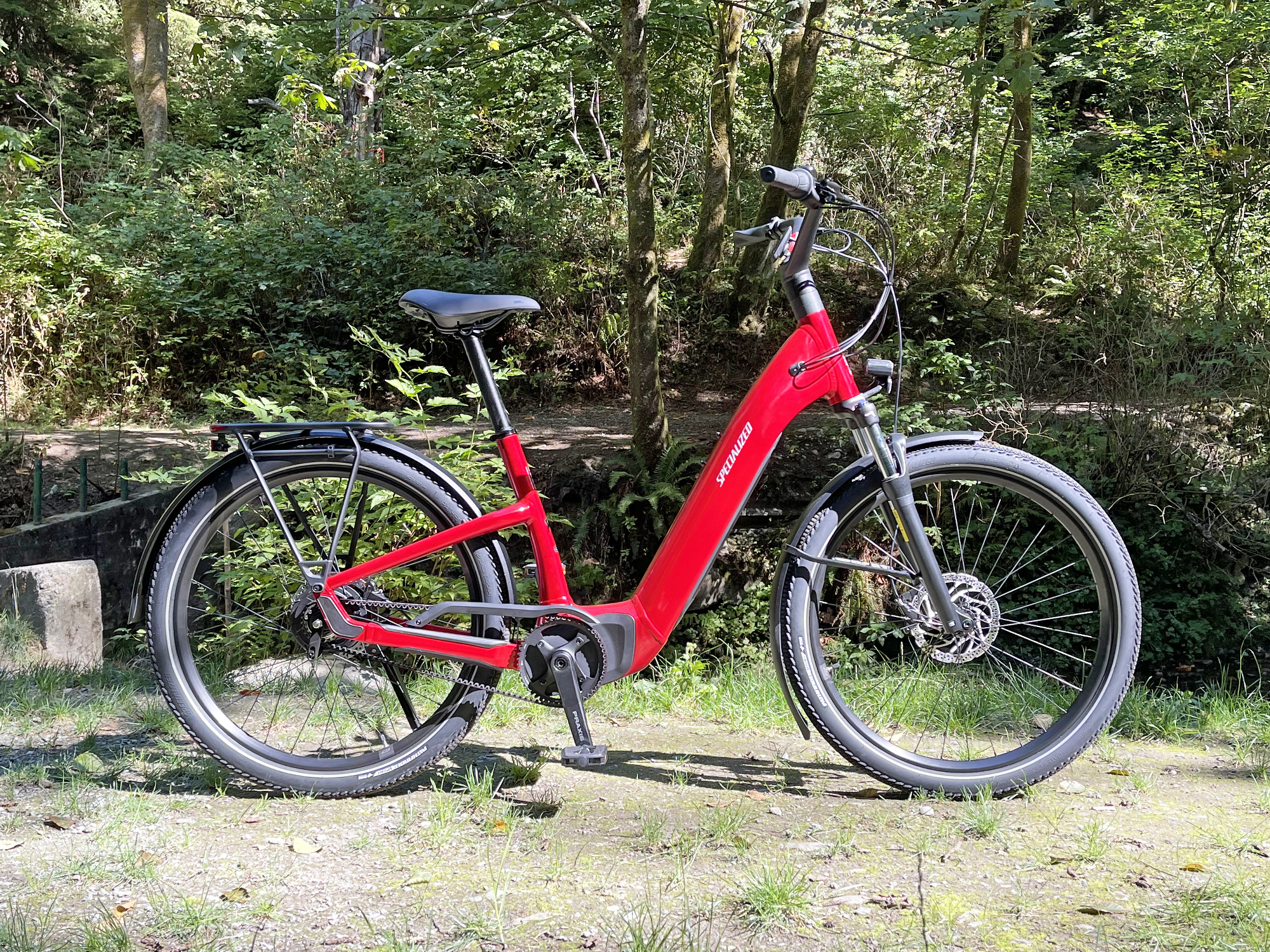

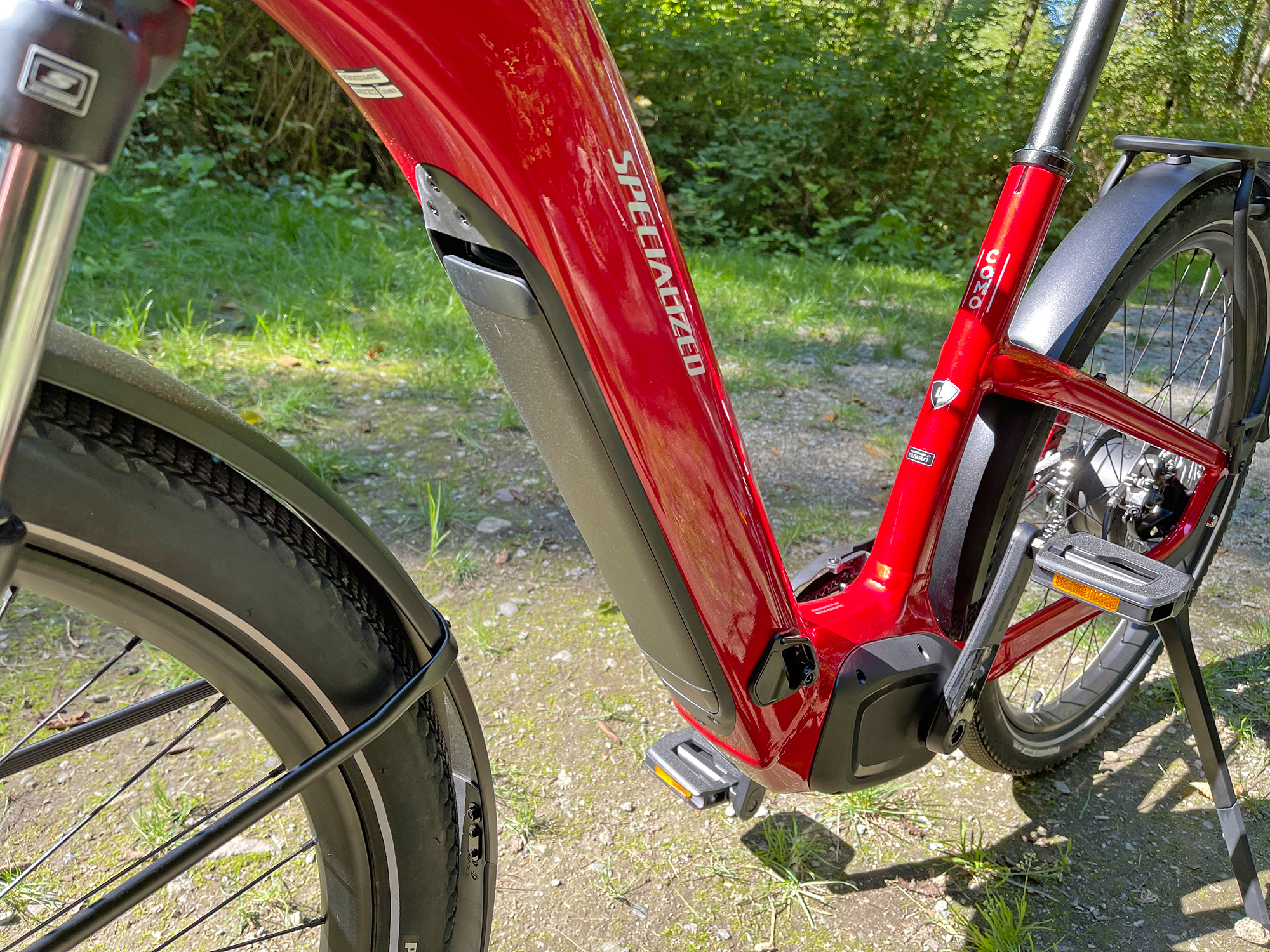
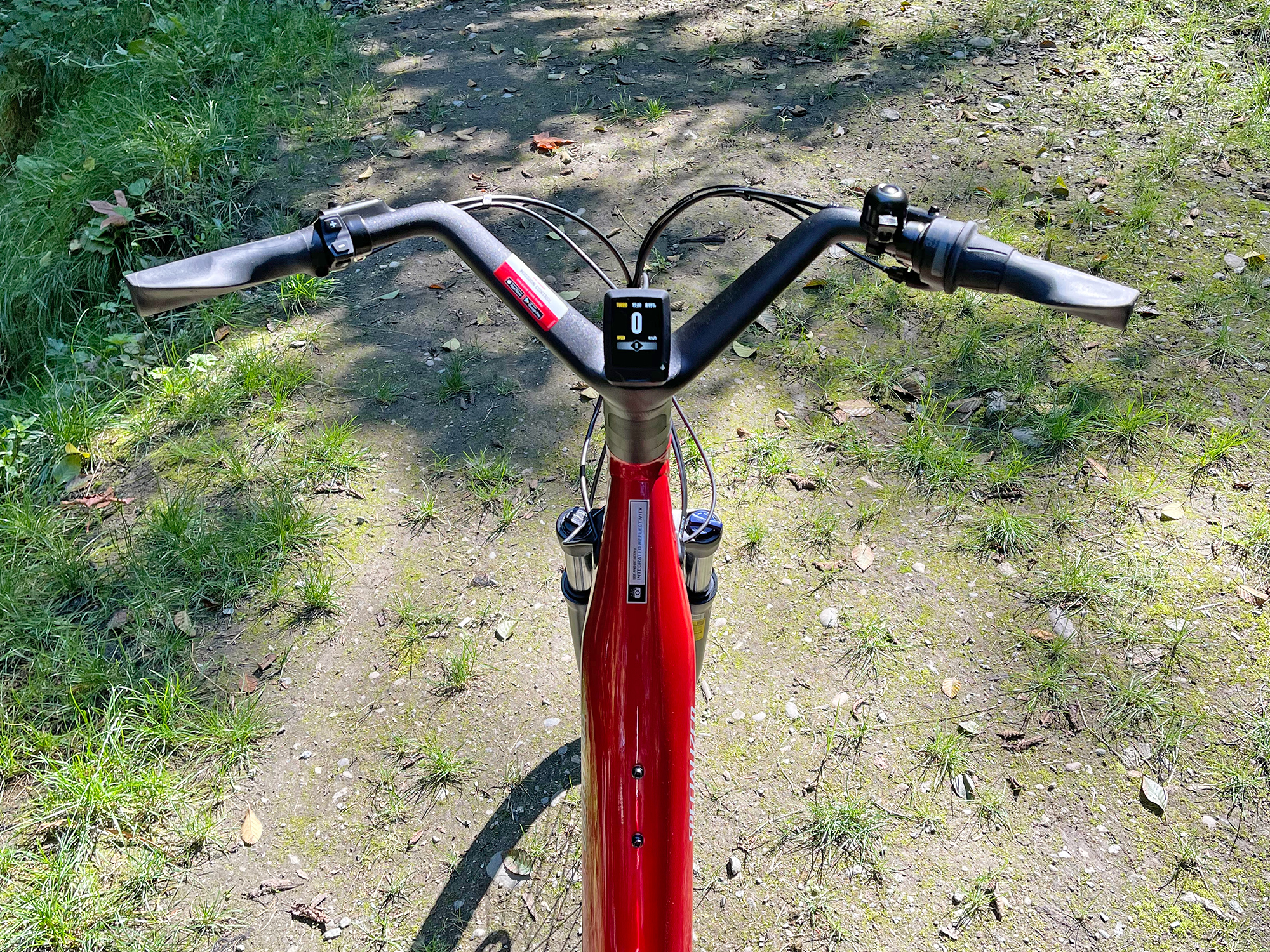
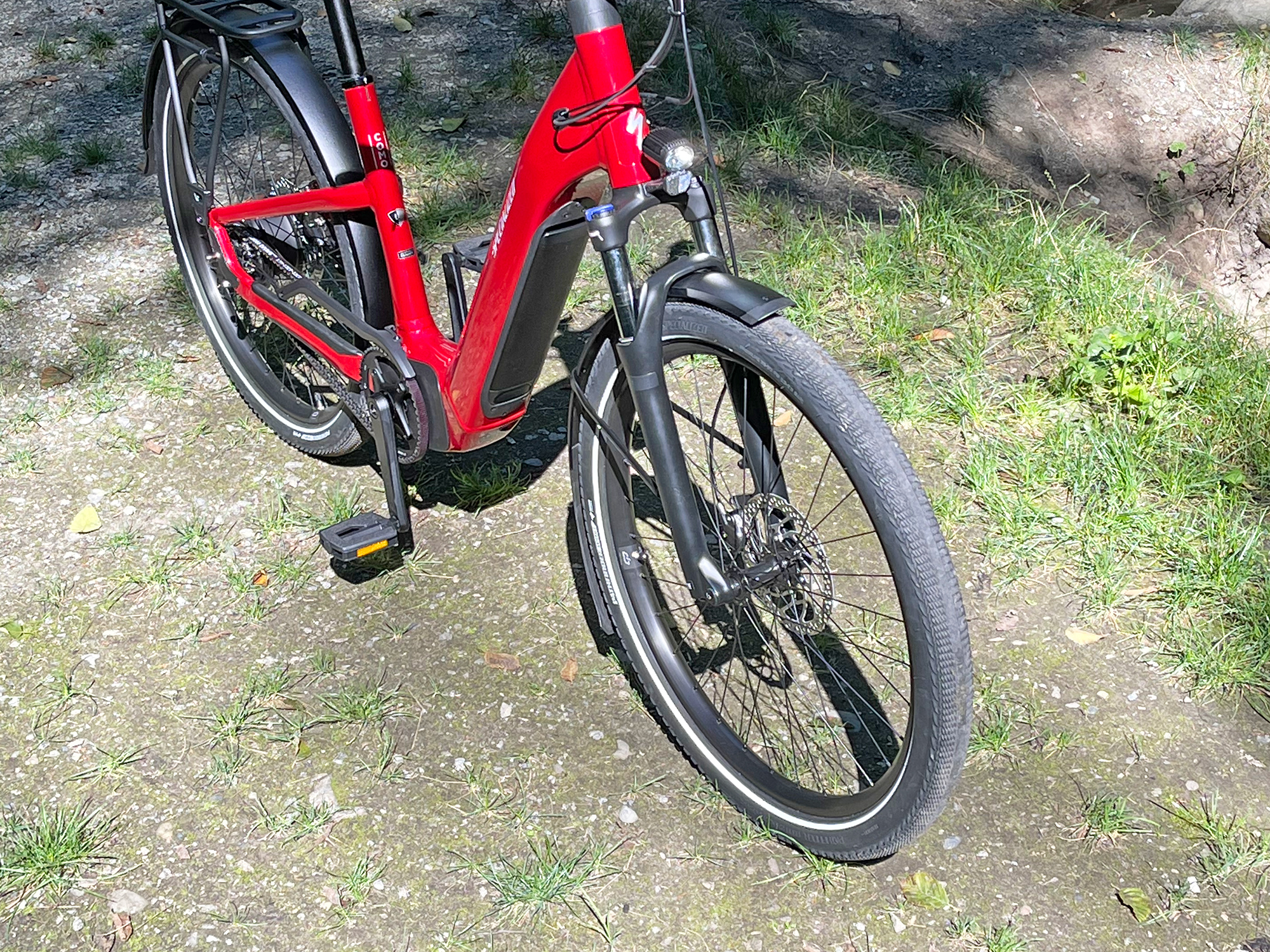
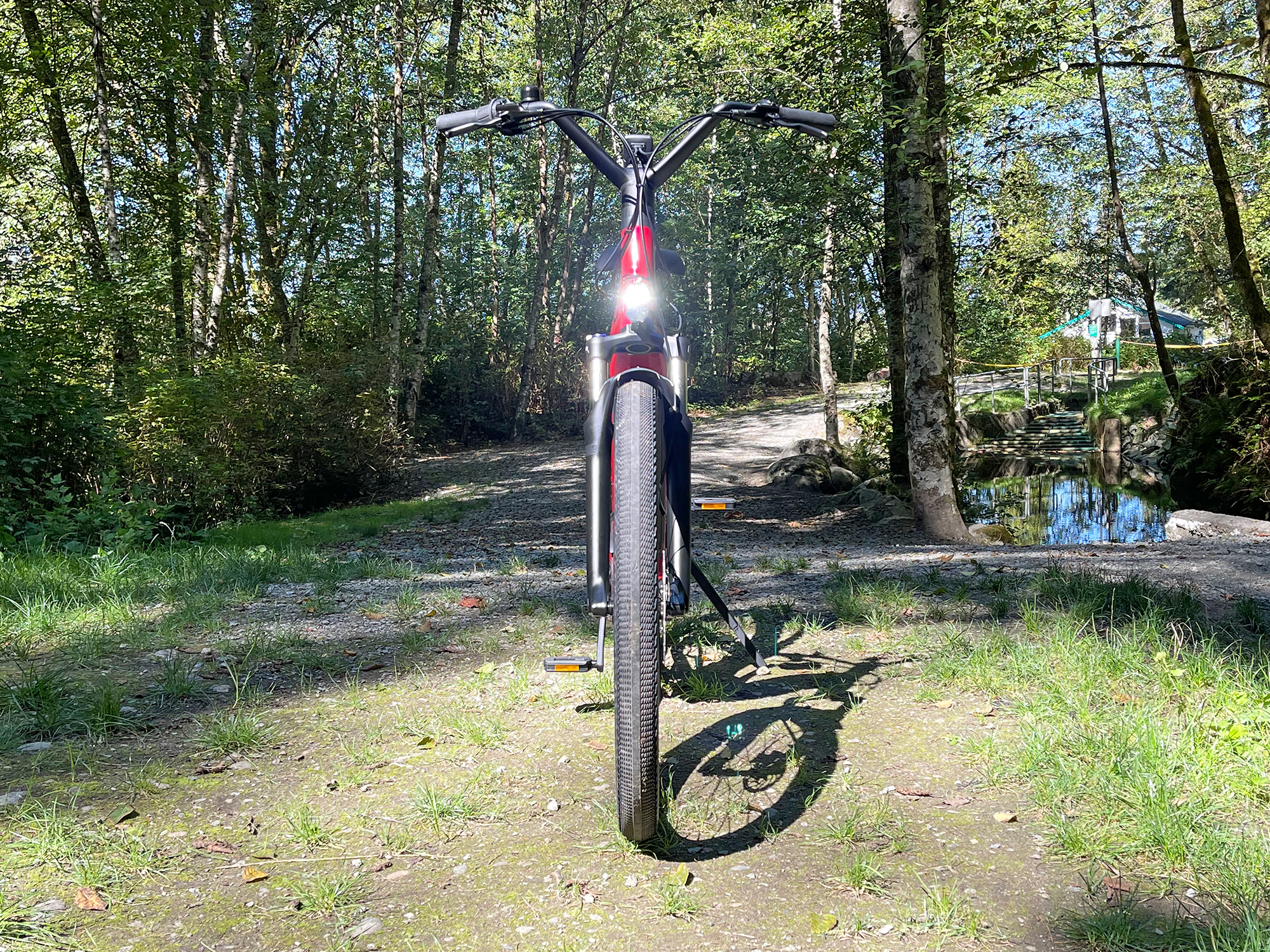
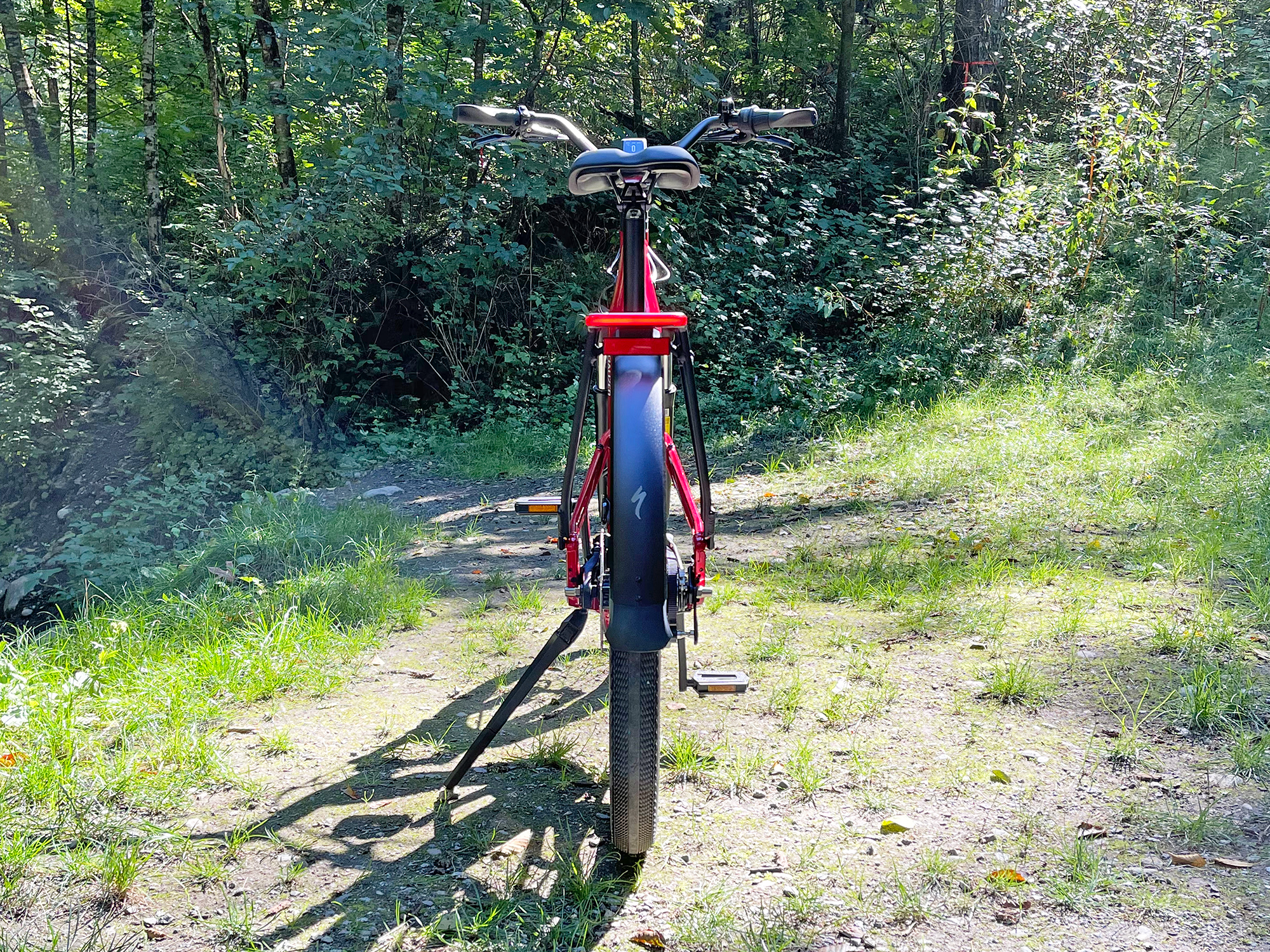
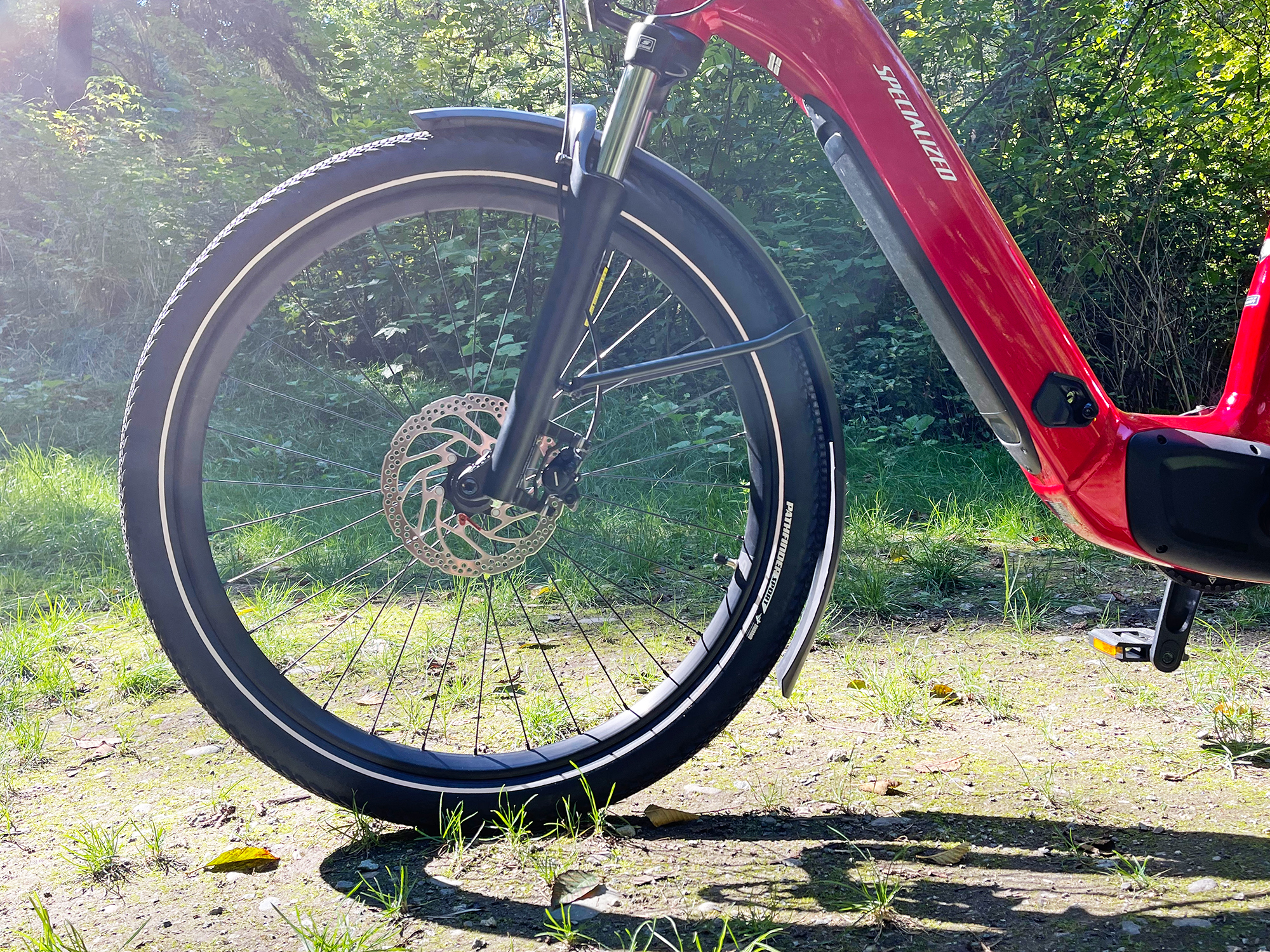
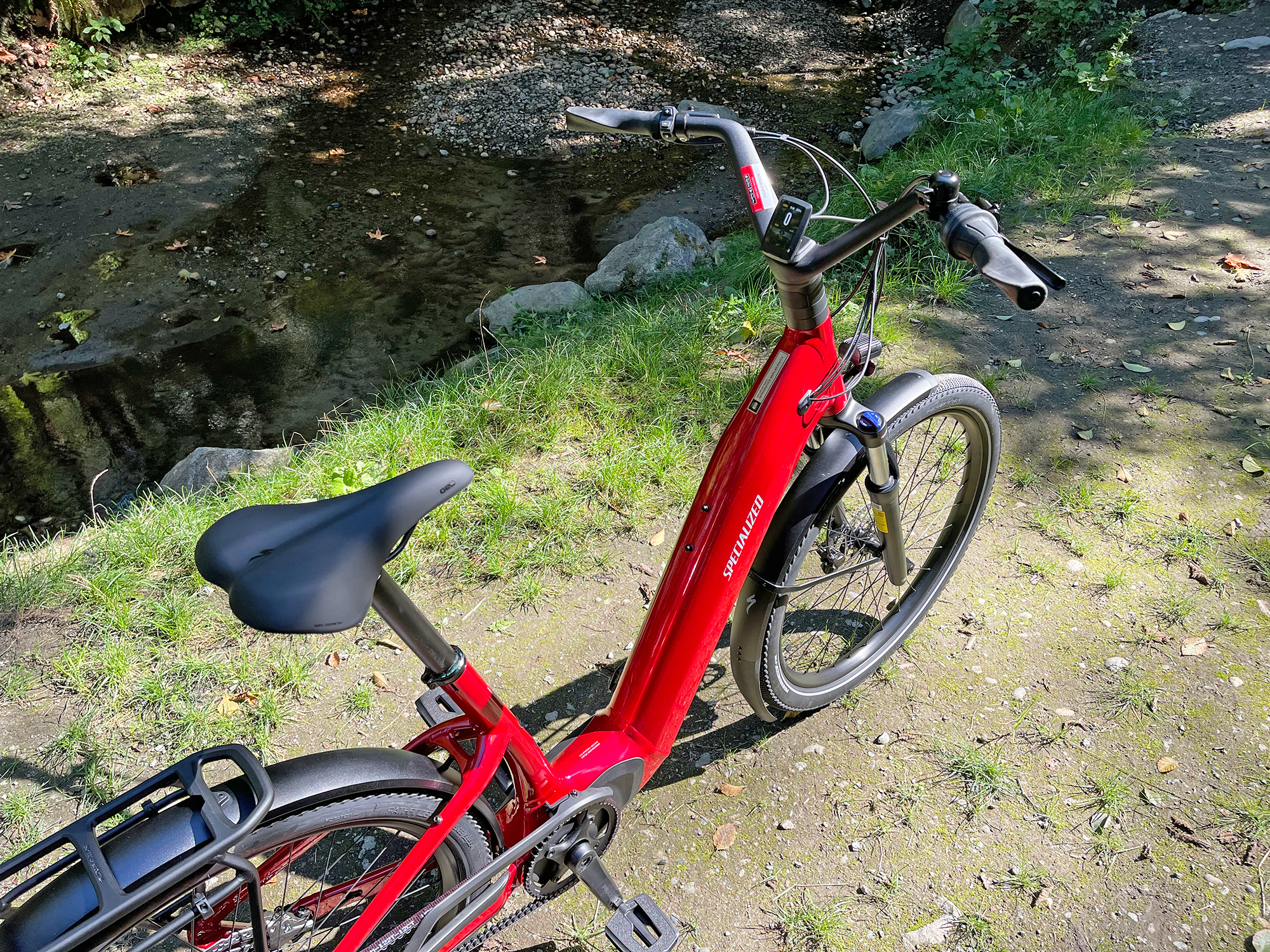
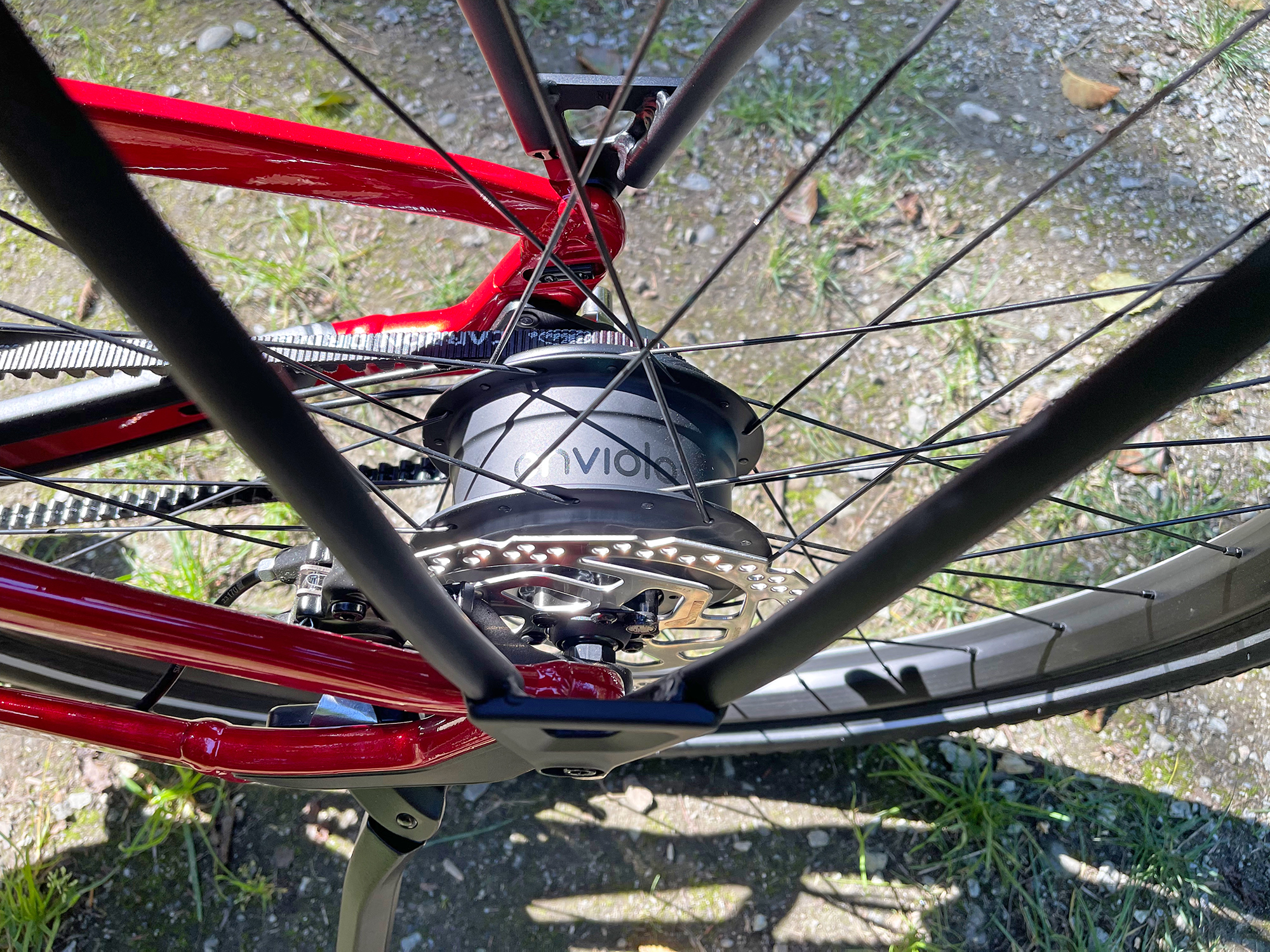
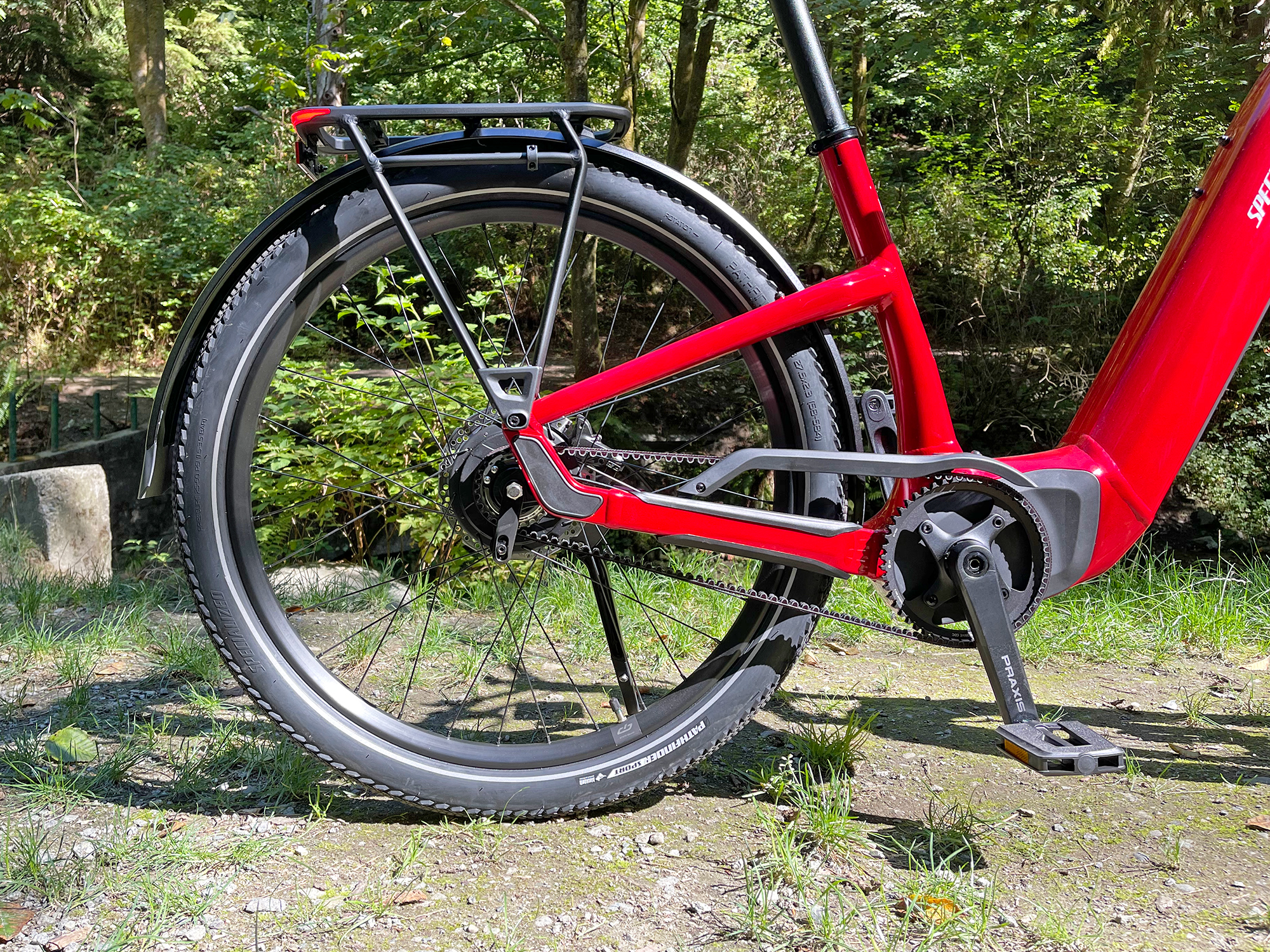
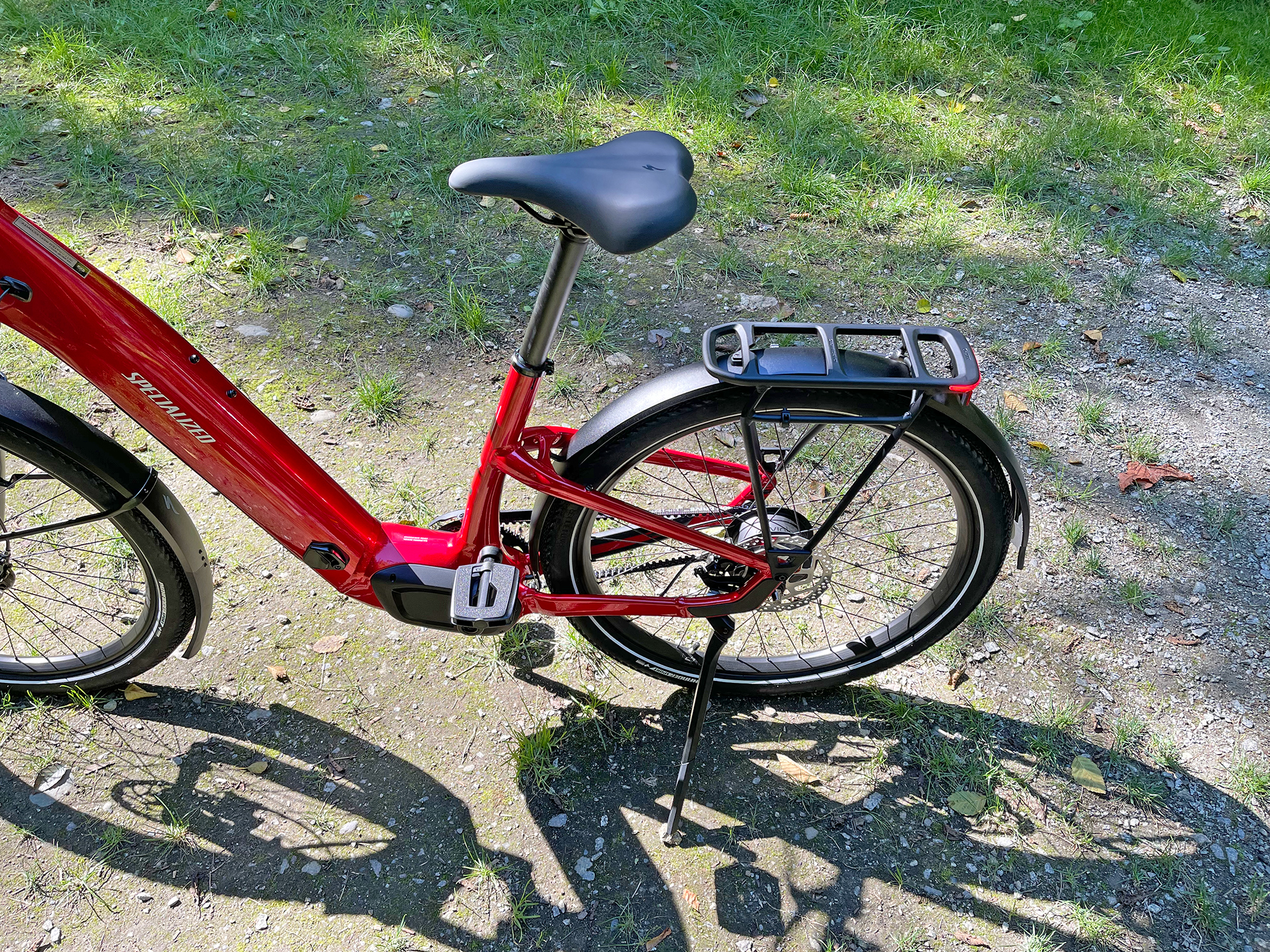
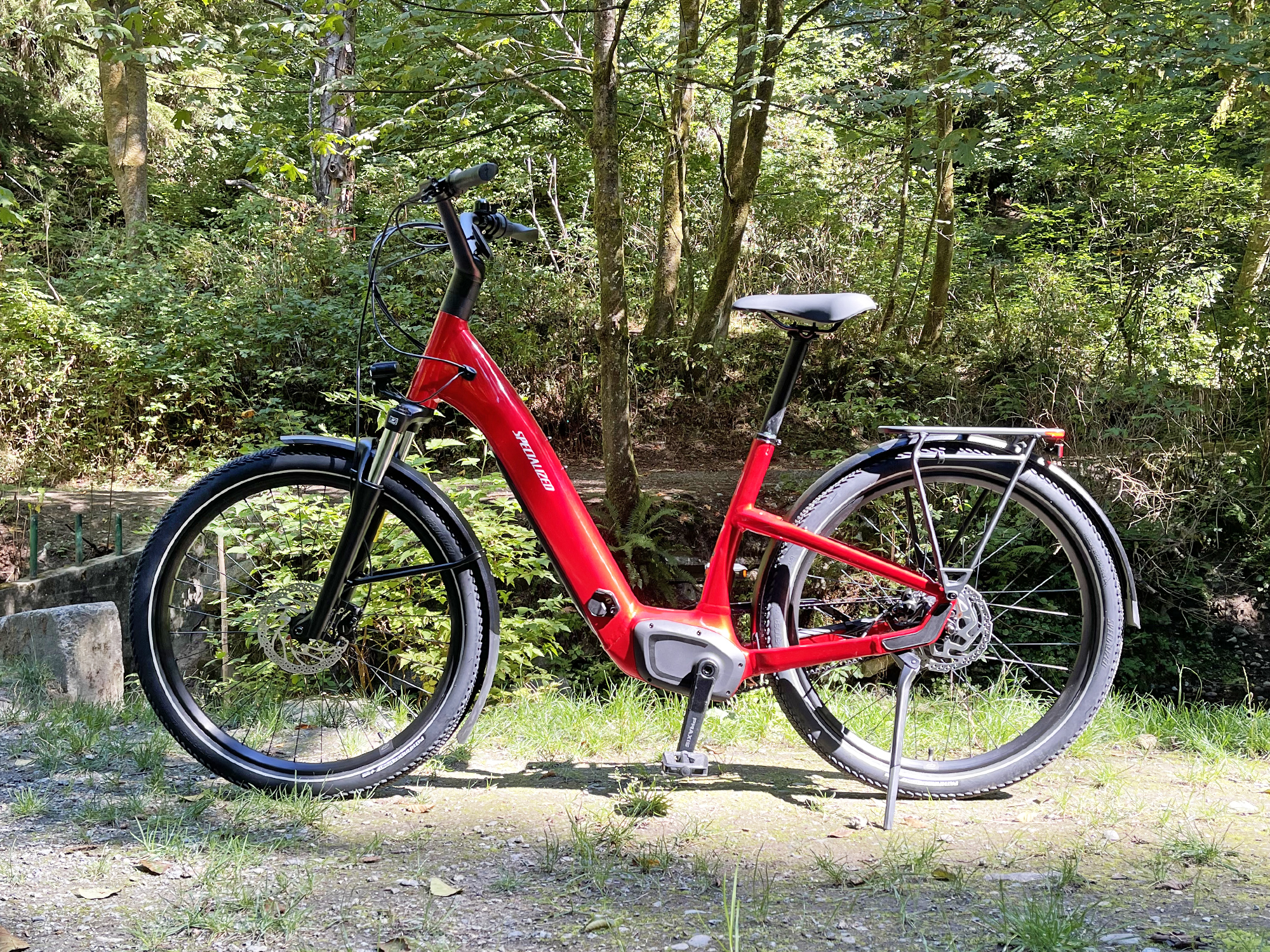
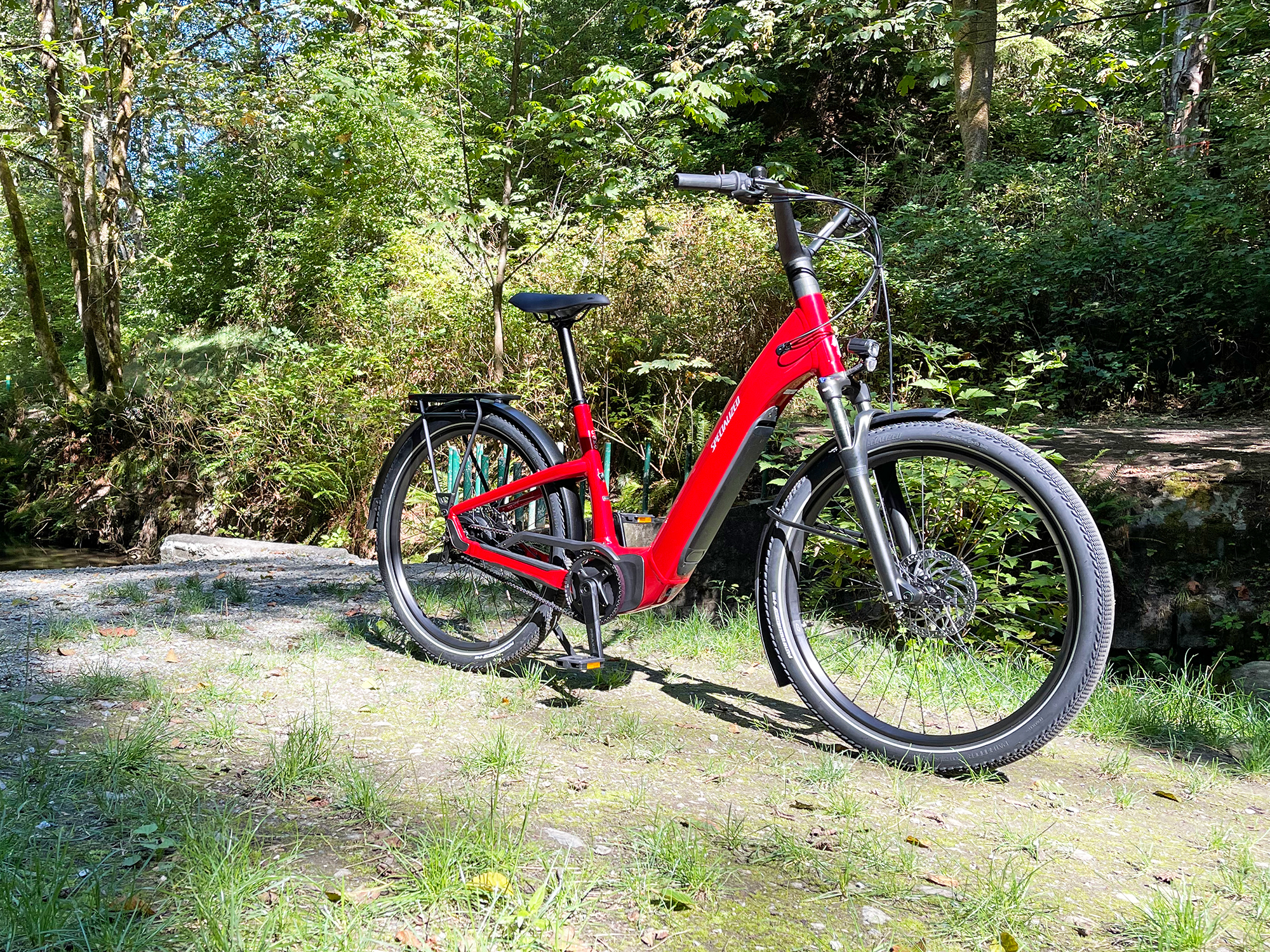
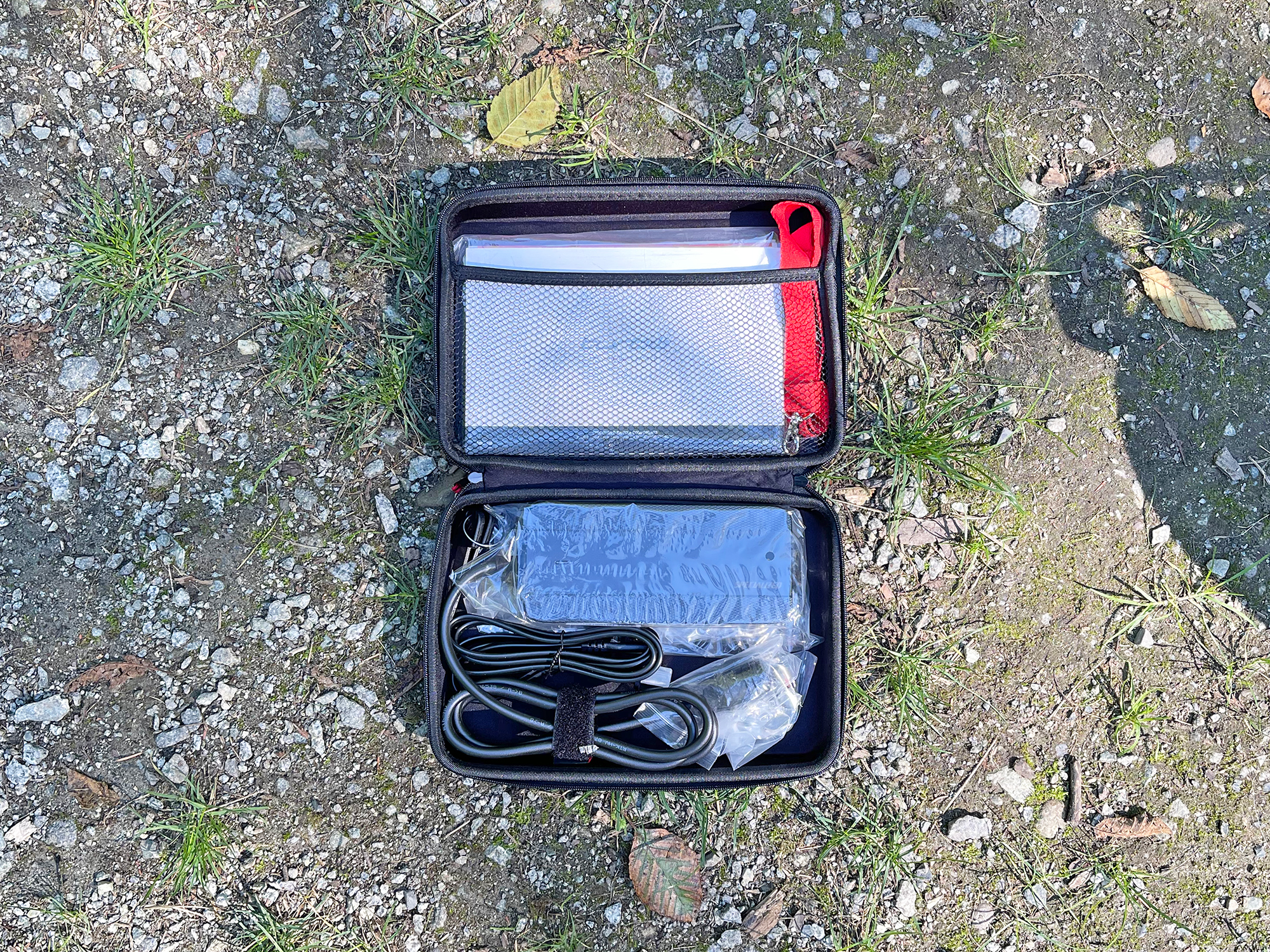
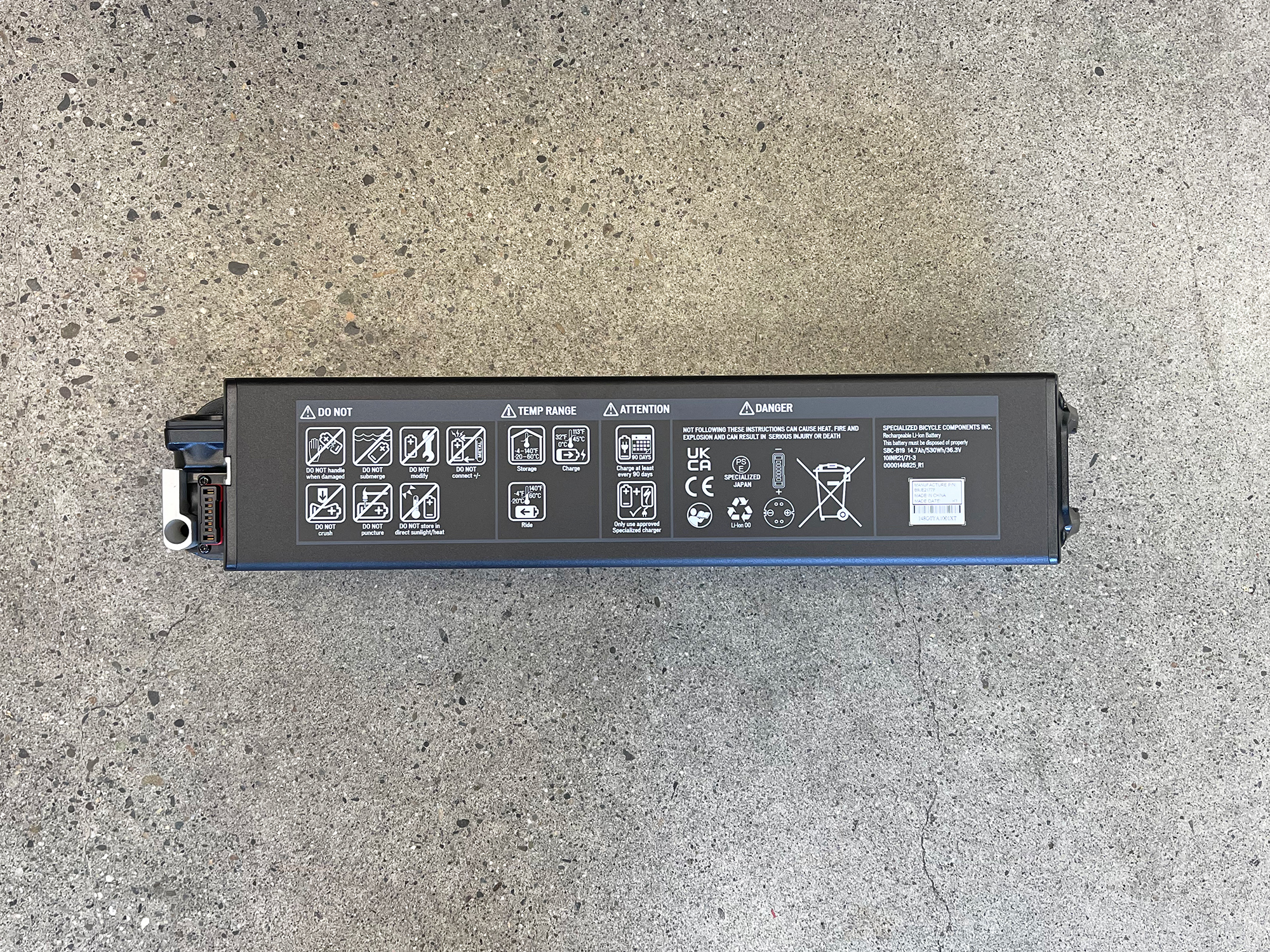
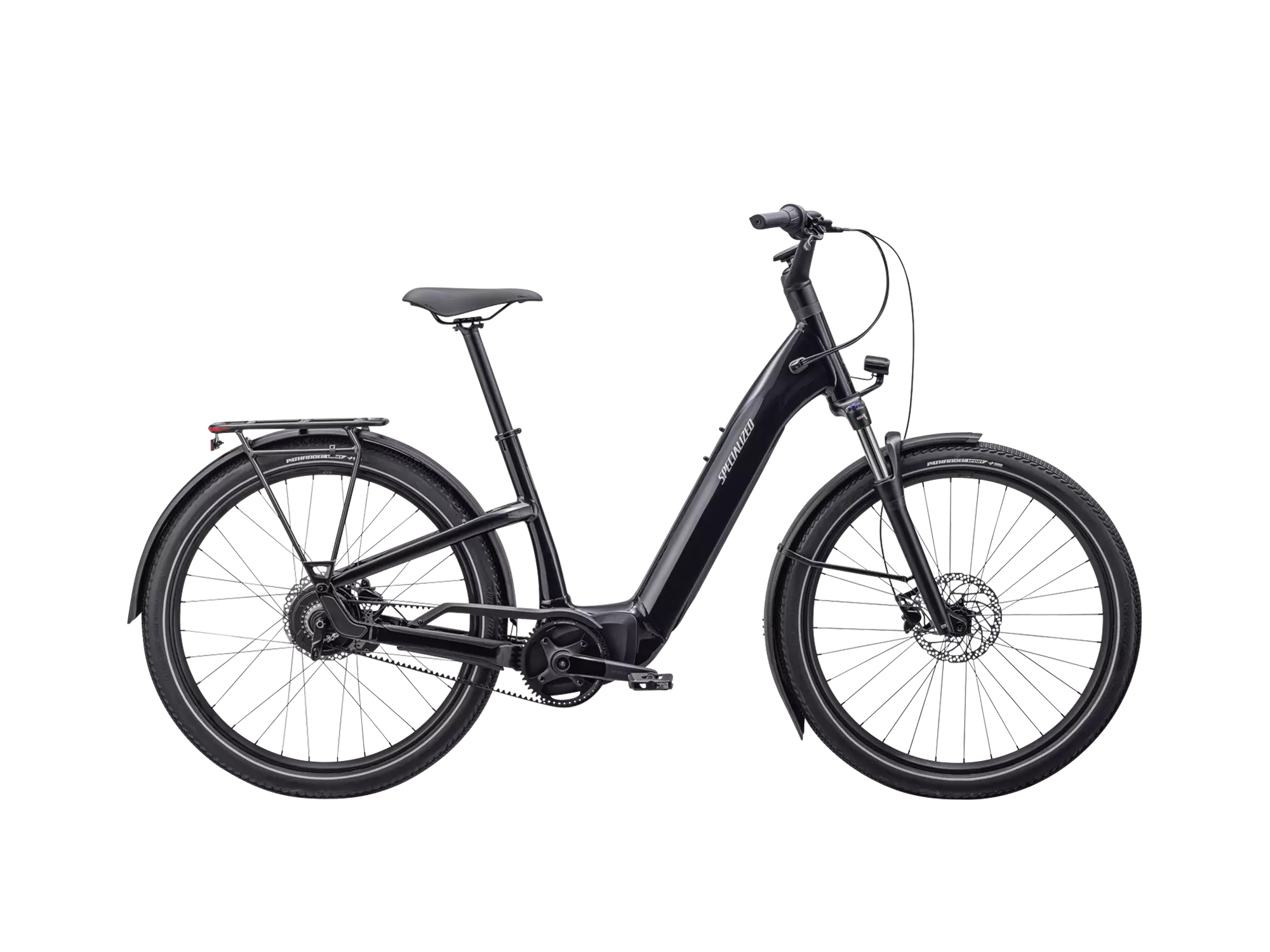
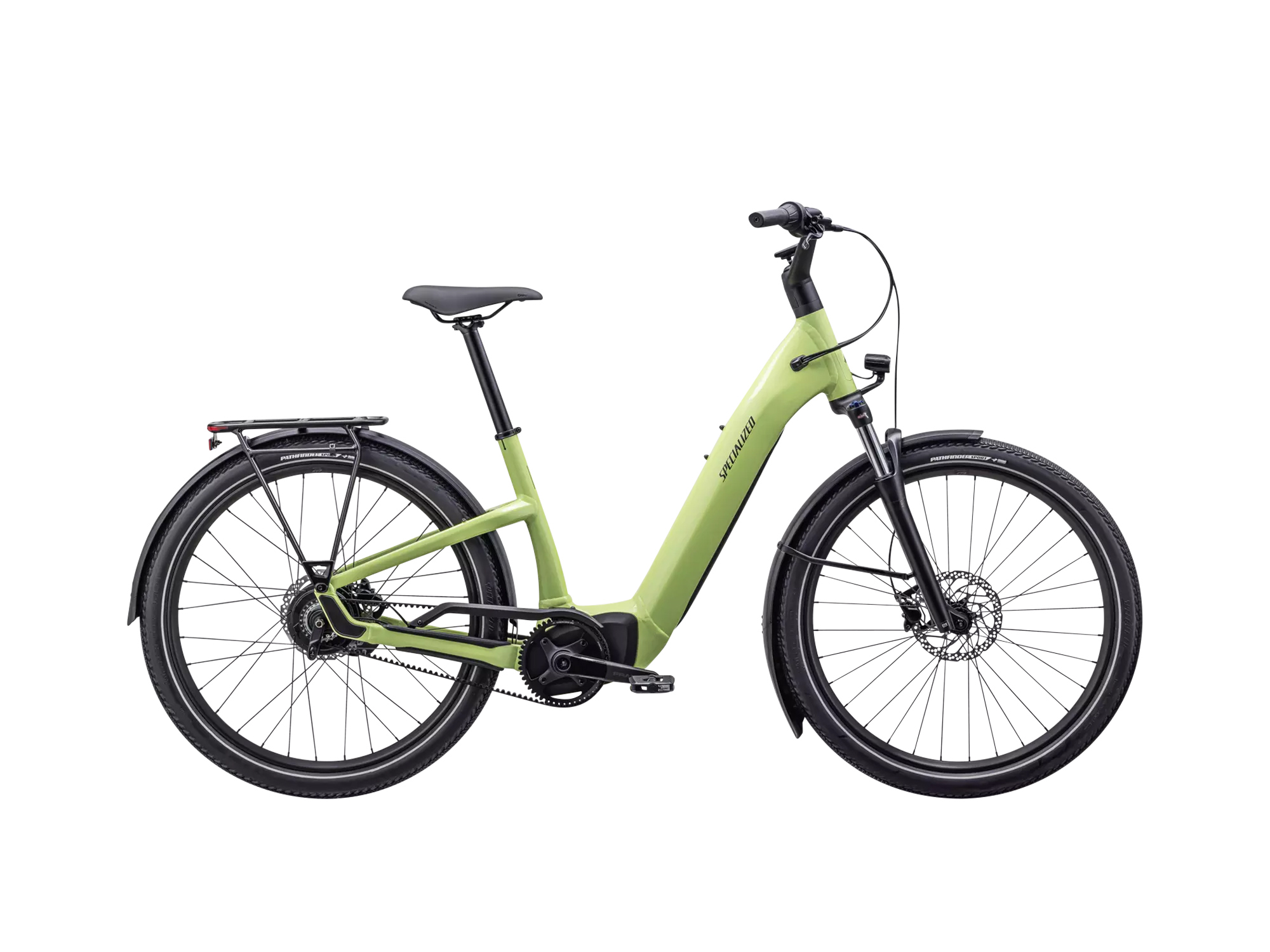
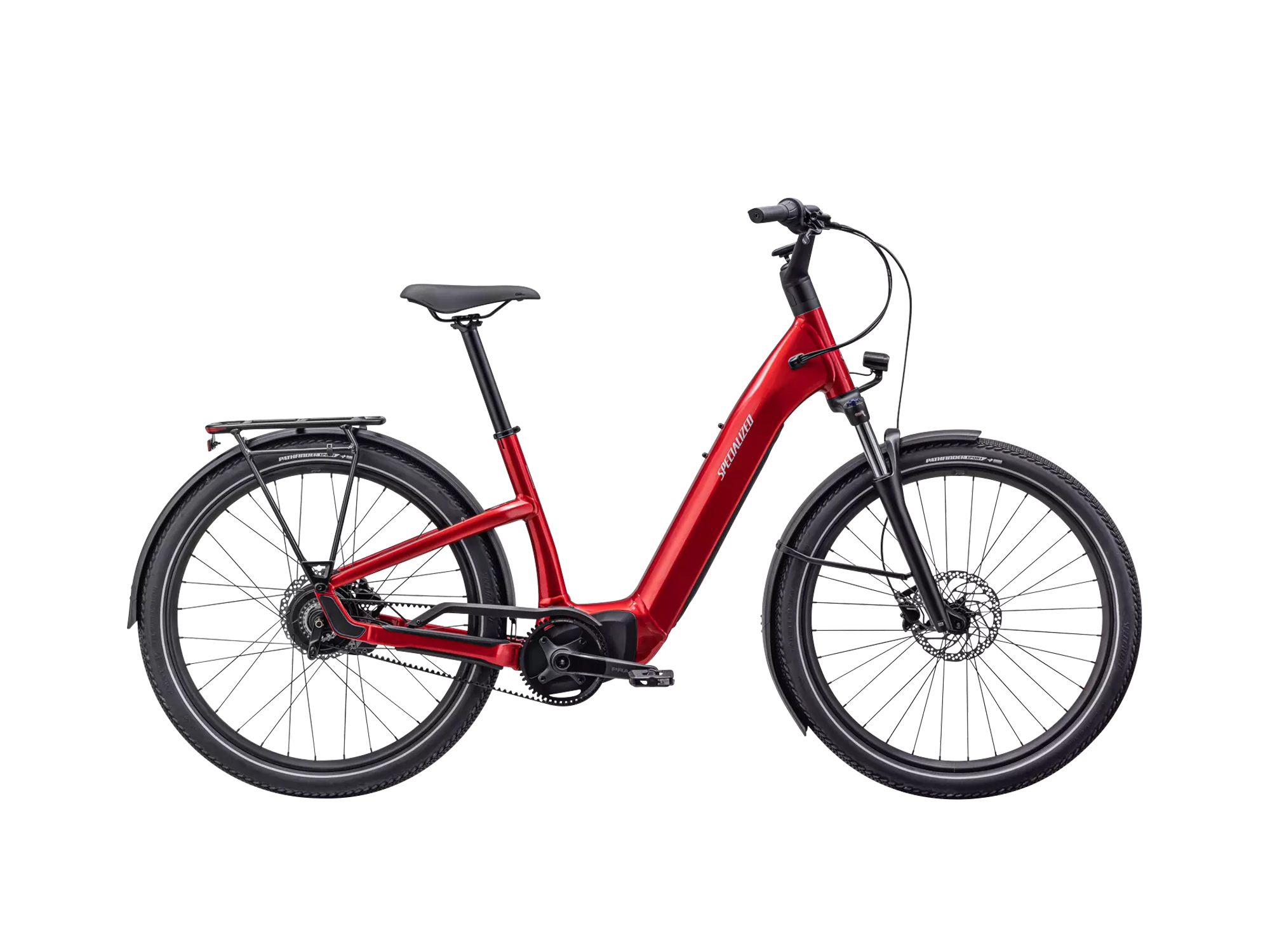
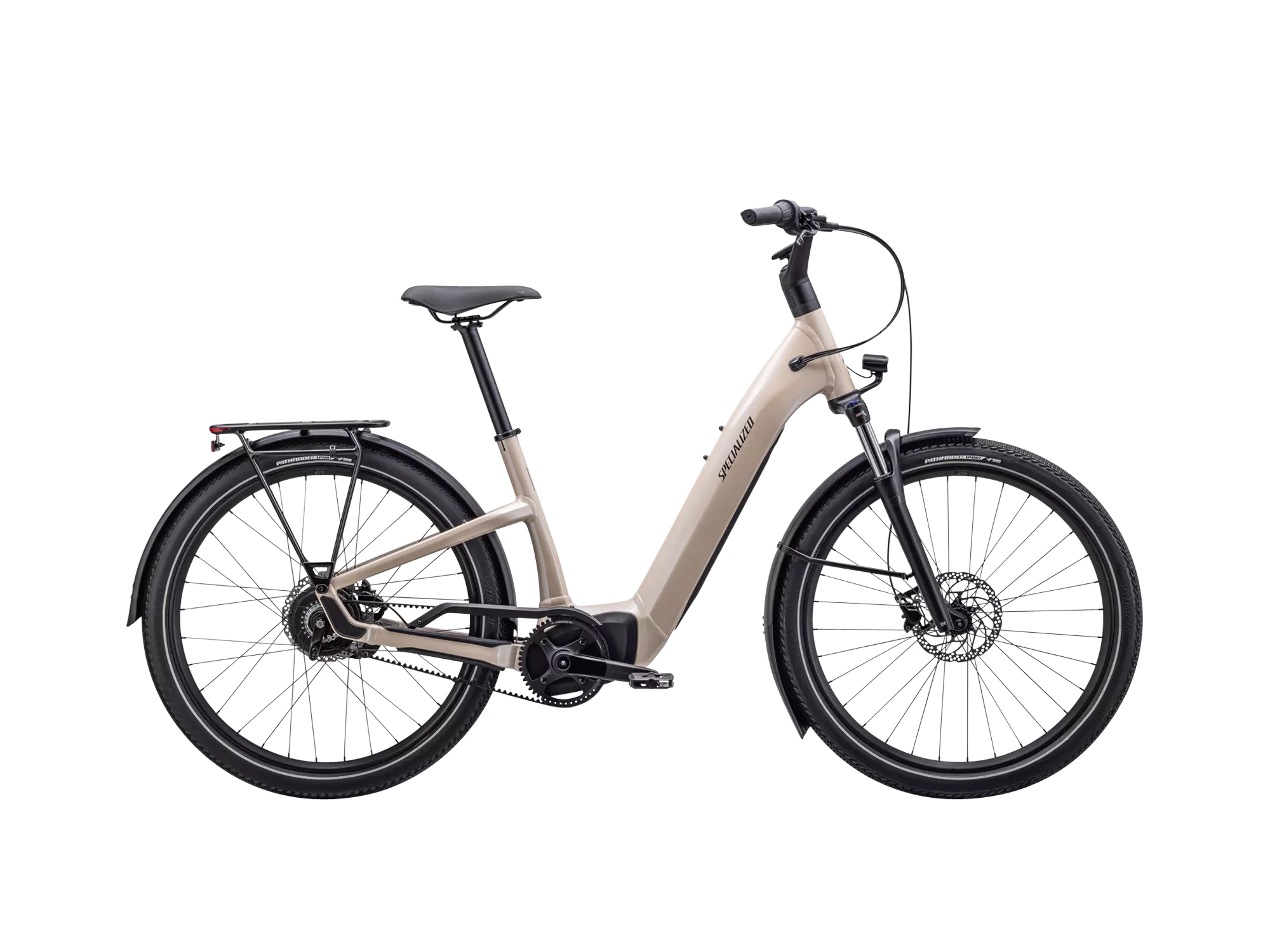

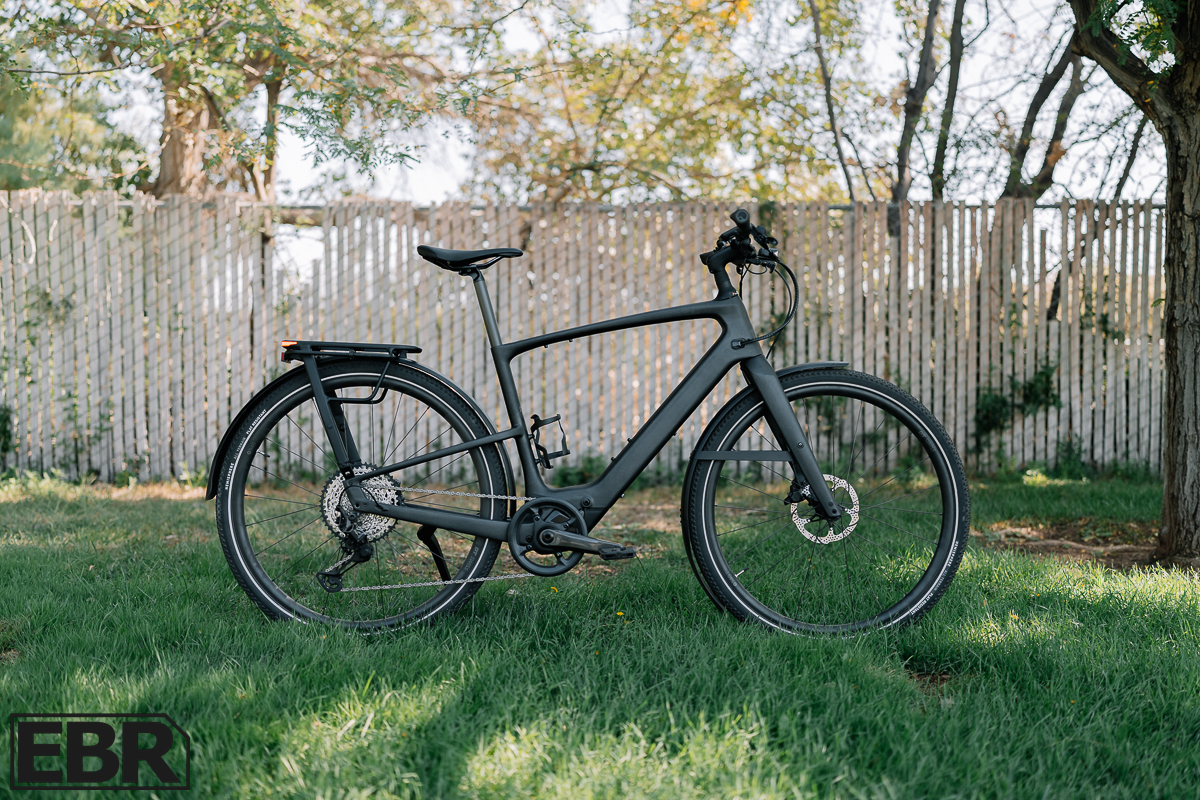
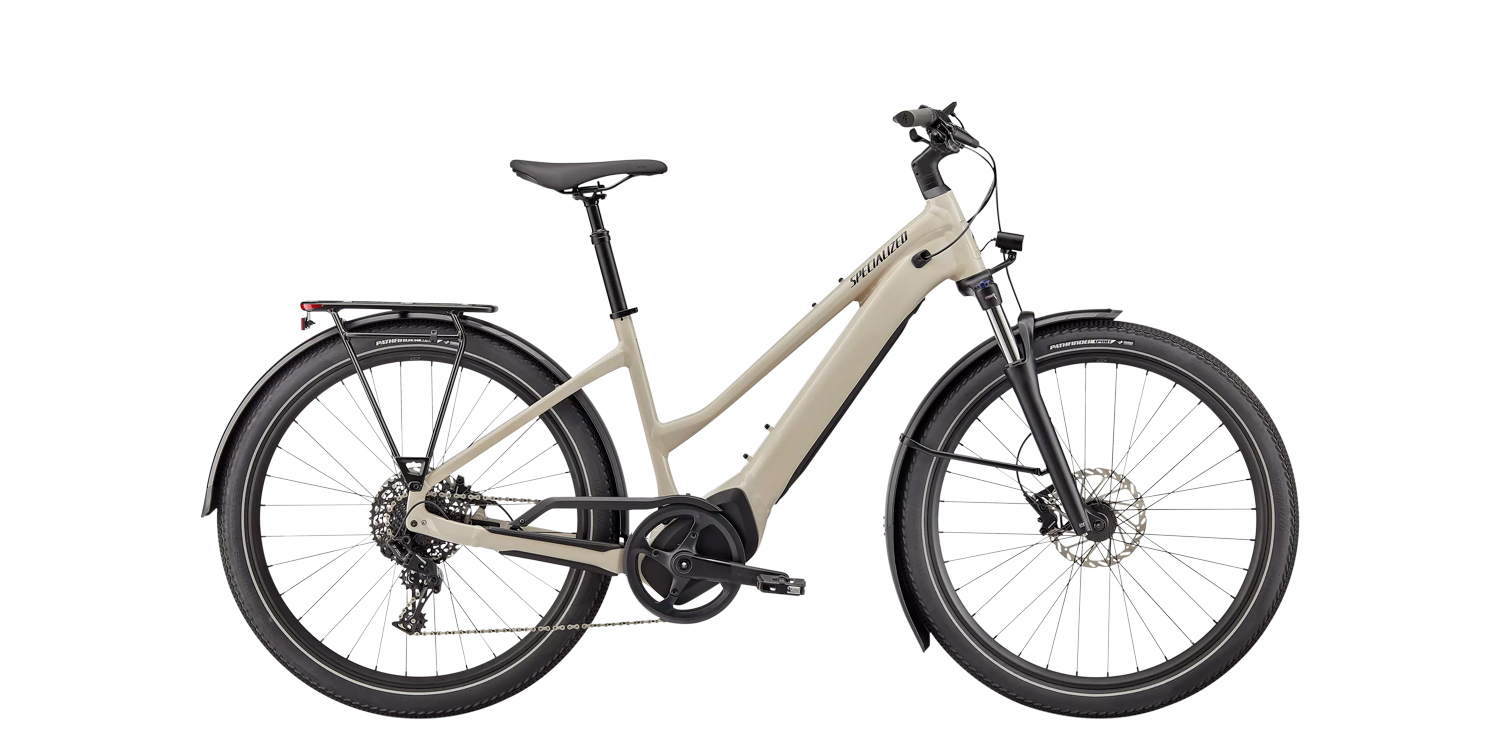
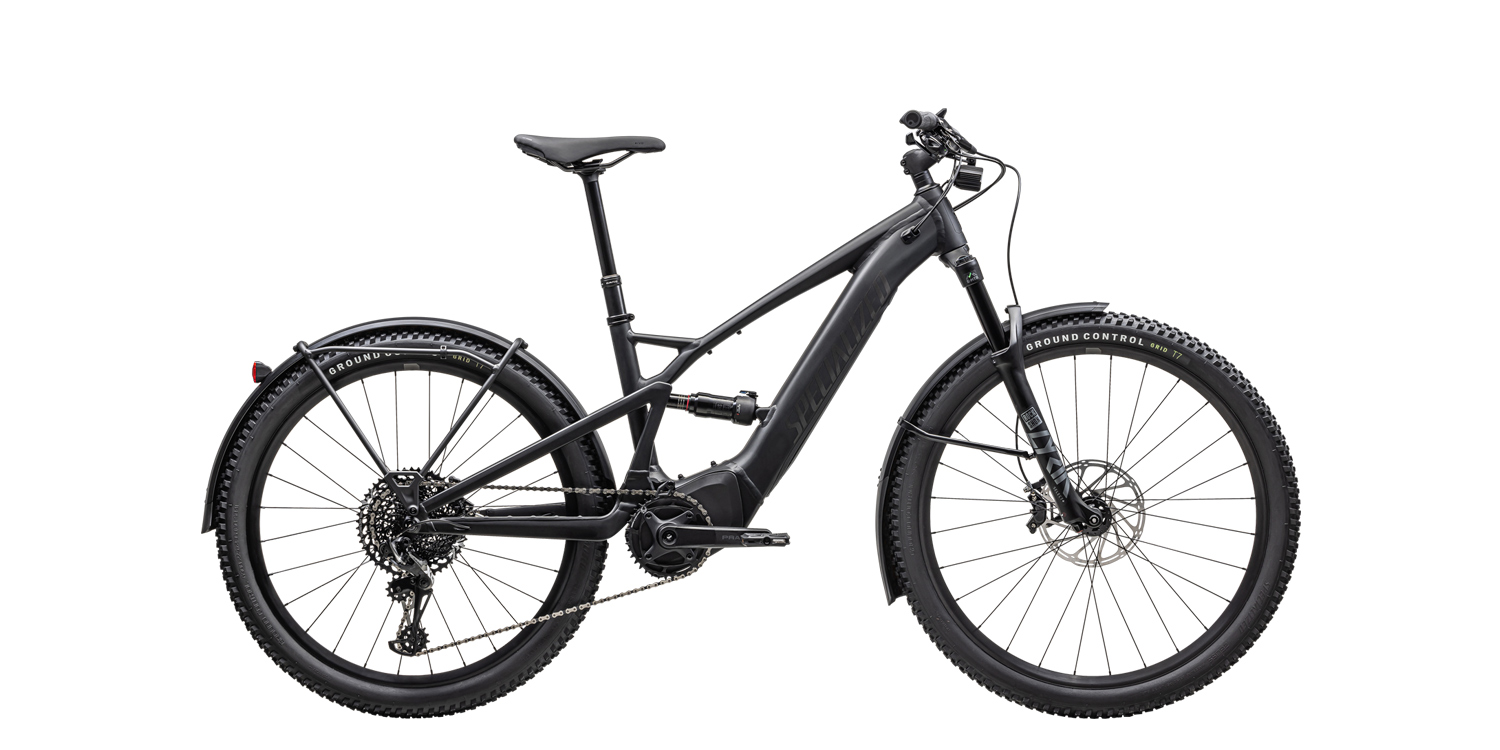
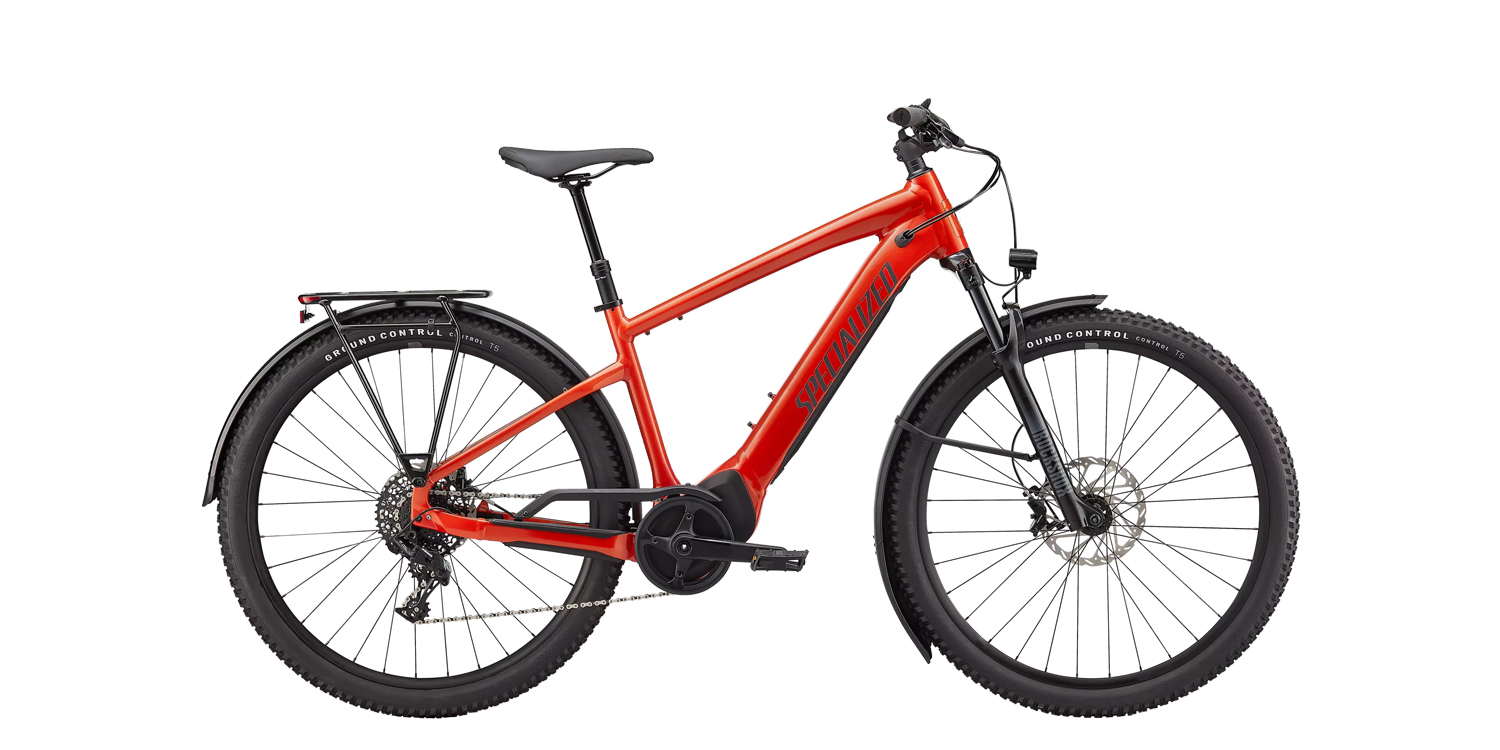
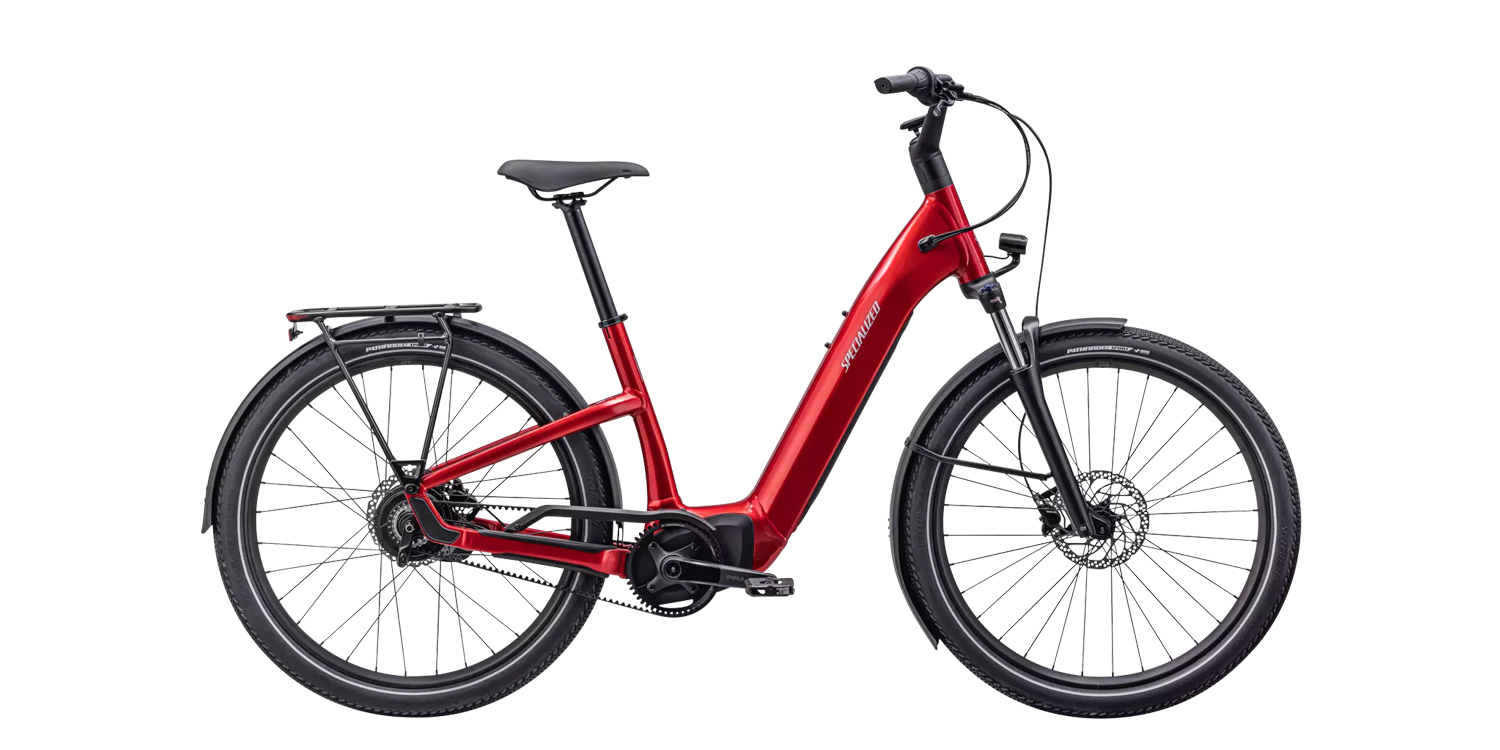
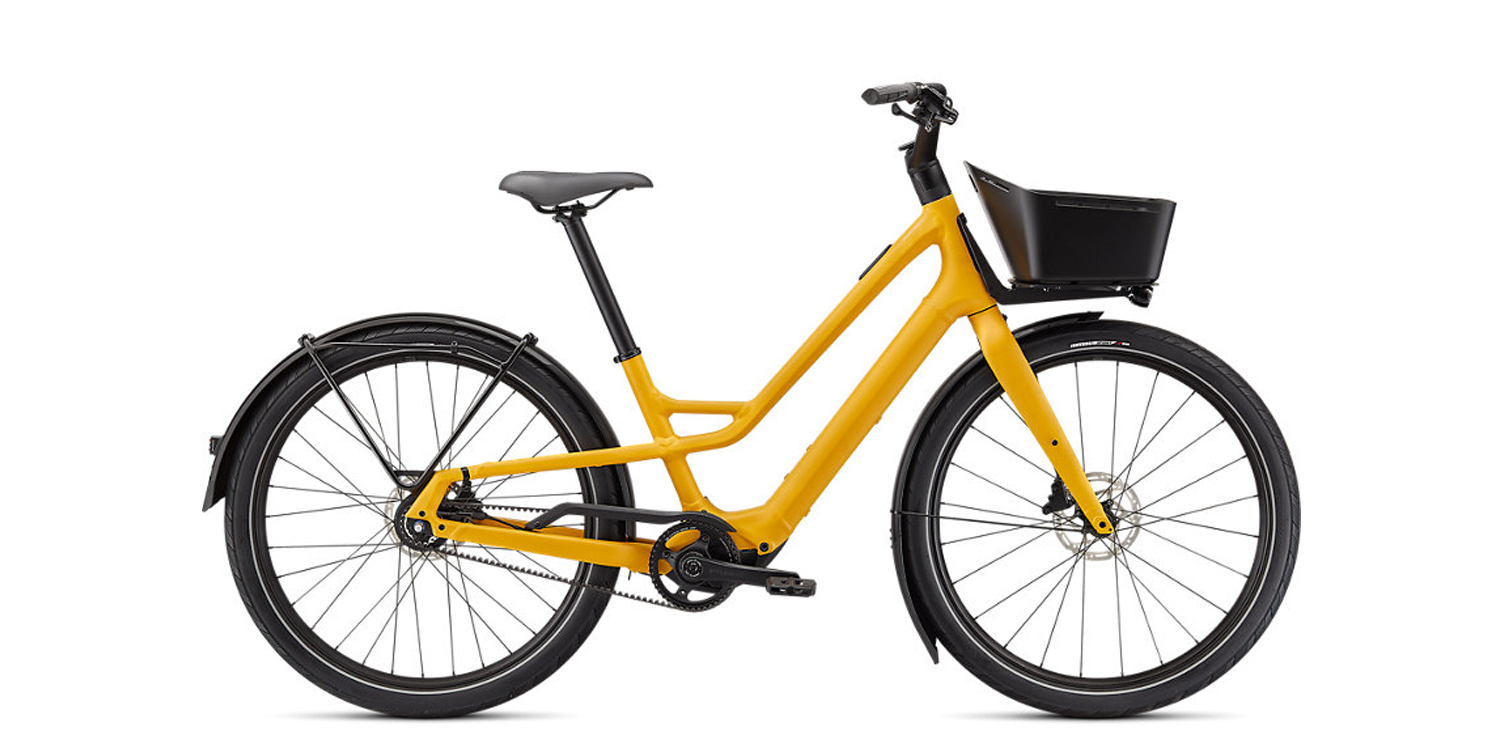
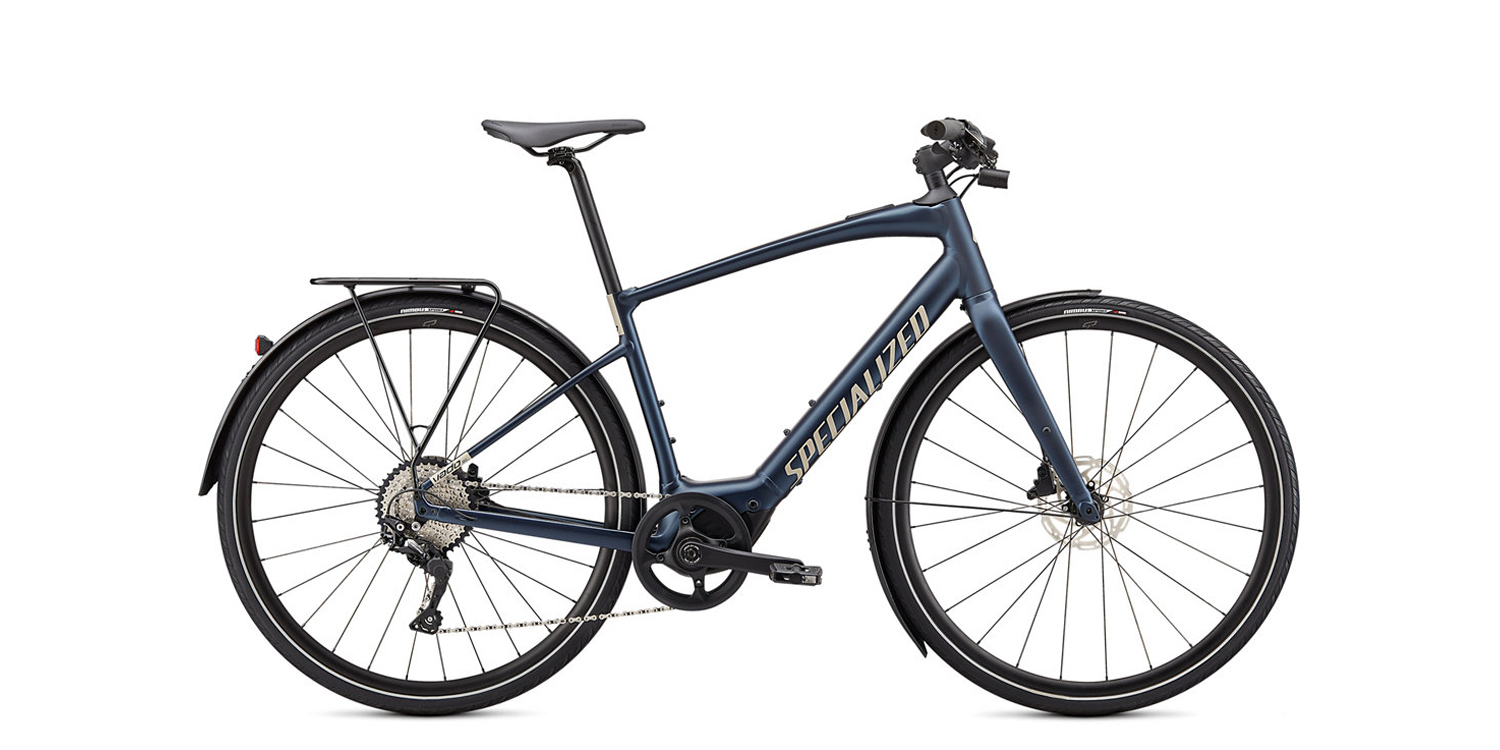
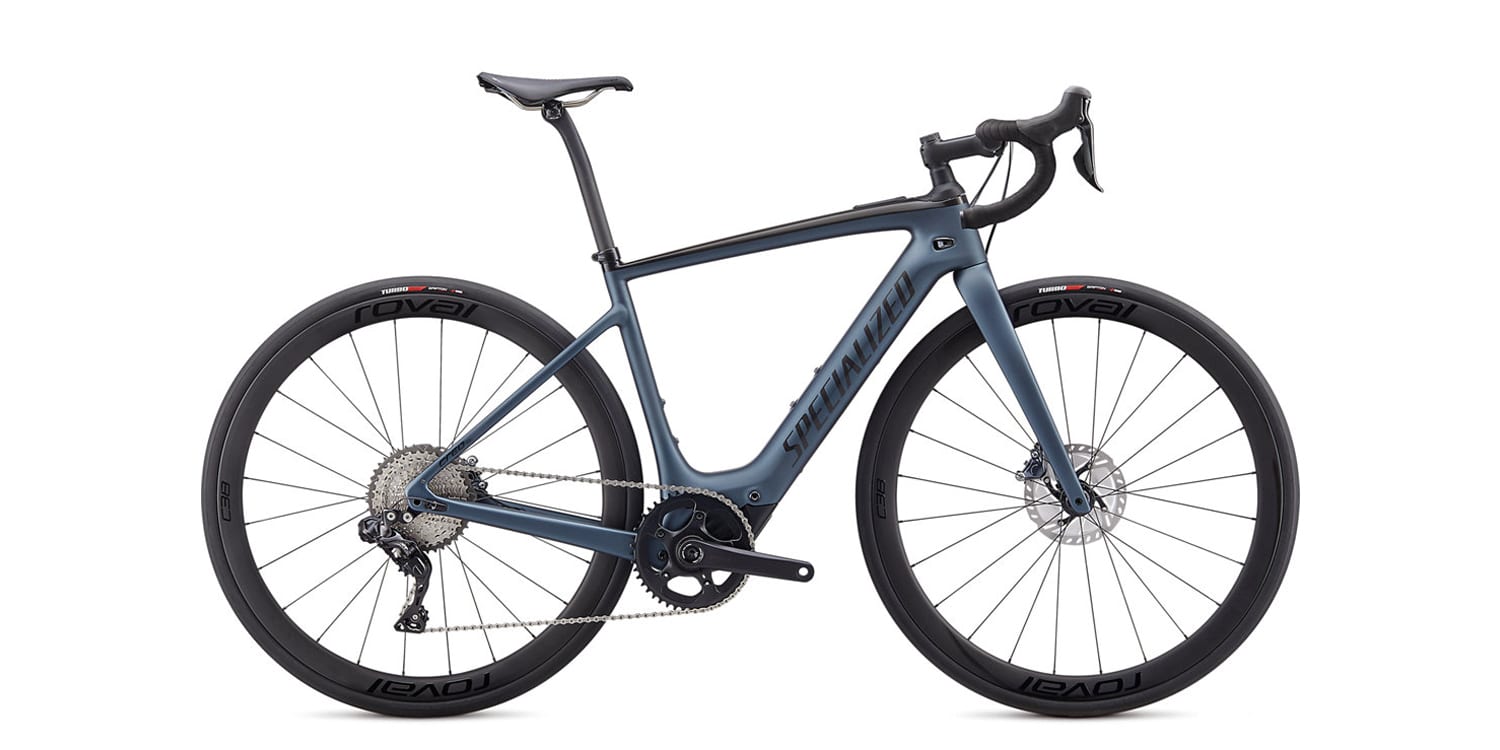
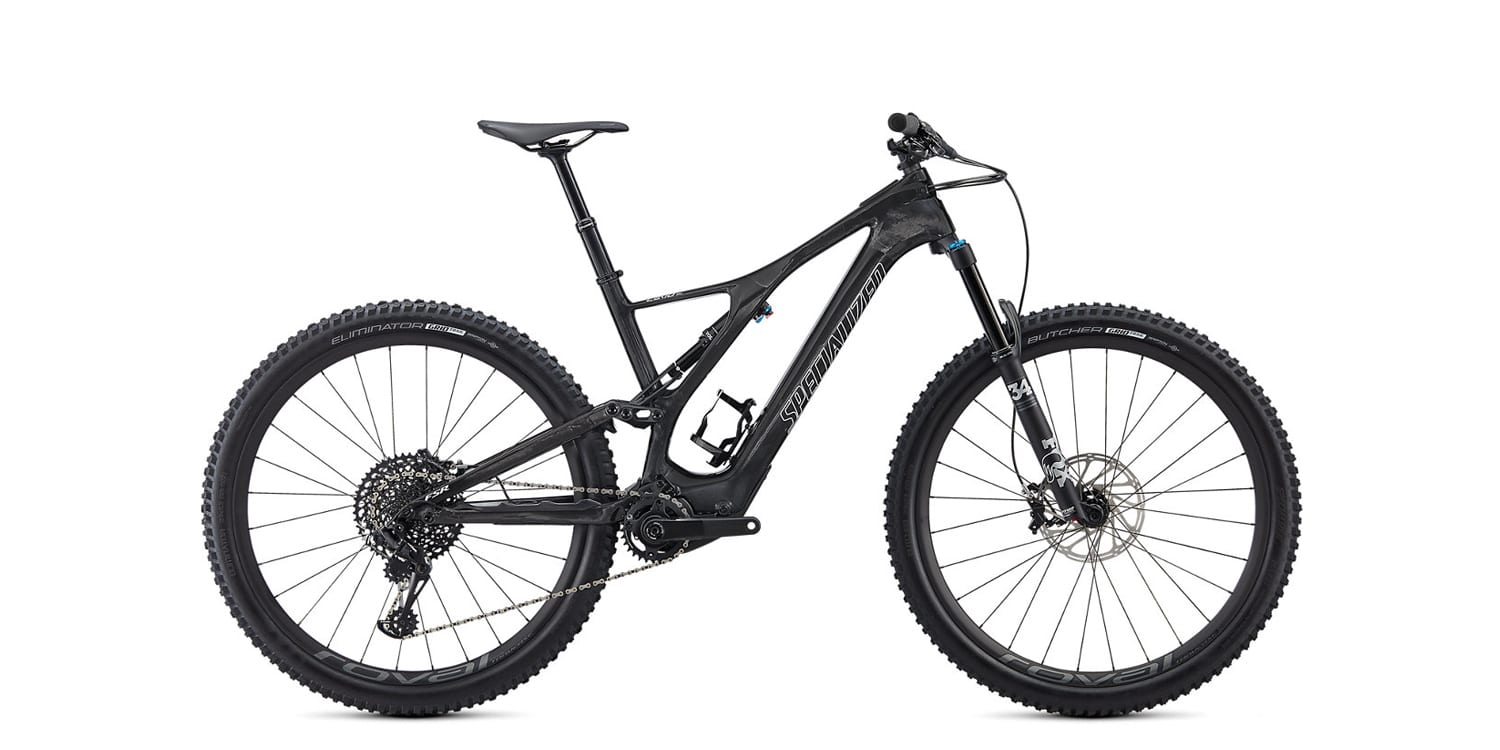
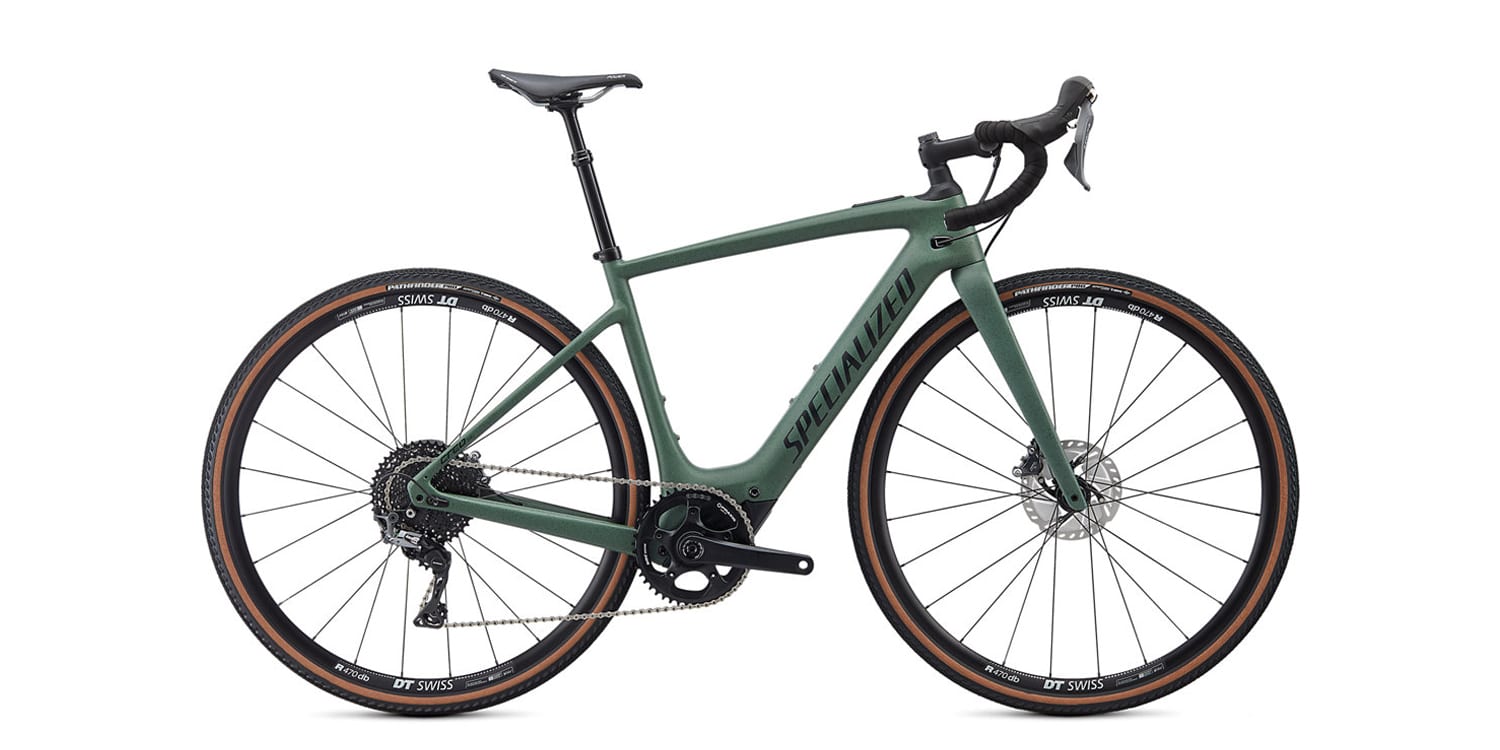
Patti says
Thank you! I just got this bike a week ago! Where can I find your review on the display and the app?
Court says
Hi Patti! Here’s a link to the forums where I created a guide to the Specialized Mission Control App. Please note that they regularly improve the app and introduce new features. It might be a little better or different than what you see here ;)